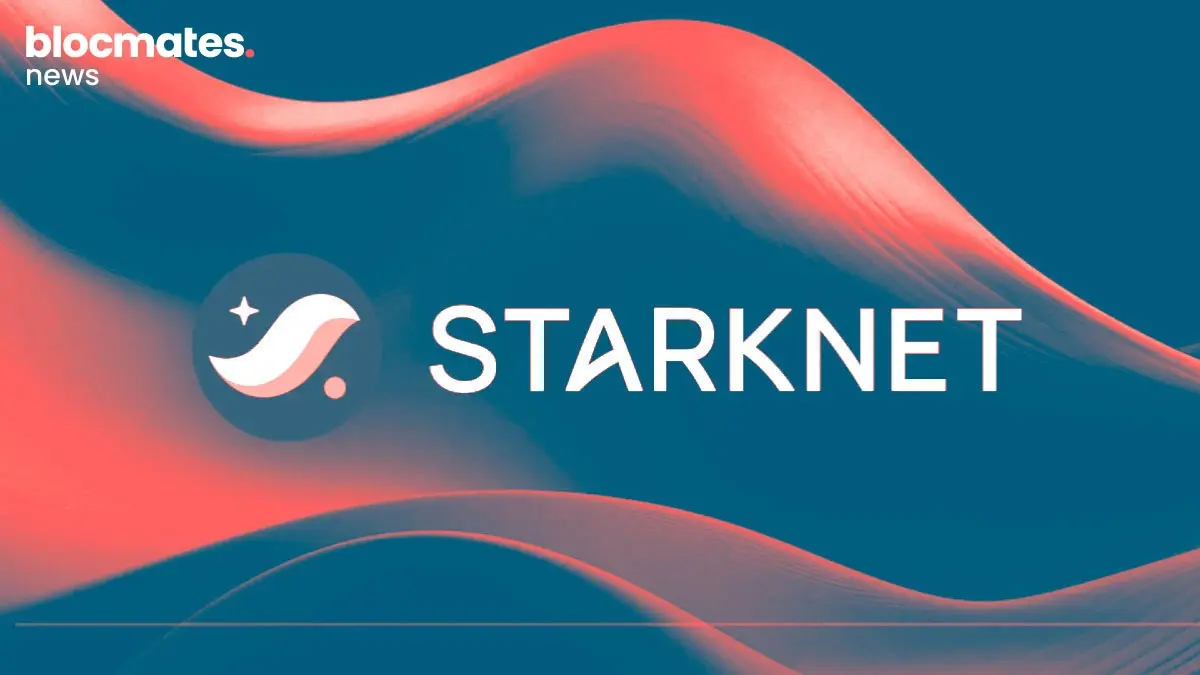Thanks to Magnus and Hamzah for putting up with my annoying questions.
Good morning, sports fans.
Is that title clickbait? Yes, that’s the age we live in, but now you are here, I am going to convince you that I am also deadly serious about Hyperliquid flipping Binance (sooner than you would think).
We will cover the Hyperliquid Improvement Proposal 3 (HIP-3): Builder-deployed perpetuals and what it means for my bags (and yours)... plus, because I am feeling super generous, I will give away my thoughts on who/what will benefit most from this monster proposal.
What is Hyperliquid Improvement Proposal 3 (HIP-3): Builder-deployed perpetuals
HIP-3 will enable anyone to permissionlessly create a perpetual futures market on Hyperliquid’s Core infrastructure. This turns Hyperliquid from a decentralized exchange into a permissionless financial infrastructure layer.
To create a builder-deployed perpetuals market on Hyperliquid, one million HYPE tokens must be staked as a security bond. Once staked, the deployer has the following responsibilities before and during the creation of a HIP-3 market:
Define and deploy each perp market:
- Market name and ticker
- Choose collateral type
- Oracle source and fallback logic
- Leverage limits and margin parameters
- Contract specs and funding mechanics
Set trading fee structure, including:
- Base fee
- Optional extra fee (e.g., for liquidity or strategy funds)
- Fee share percentage (up to 50%)
Maintaining the oracle feeds and ensuring price integrity.
Handle market operations:
- Price updates (if manually driven)
- Market settlements (in case of forced closure or index change)
- Risk configuration (e.g. leverage throttles)
Attract and manage market makers (MMs) to ensure liquidity
Design incentive programs (optional):
- LP rewards
- Taker rebates
- Vault emissions or protocol bribes
Monitor and update market parameters based on usage and volatility.
Avoid malicious or negligent behaviors that risk being slashed by validators. This is decided during a 7-day unstaking period.
Optionally integrate with multisig or DAO governance for protocol deployment (more on this later…)
The most important (and confusing, tbh) part of all of this is that HIP-3 markets i.e. builder-deployed perpetuals (BDPs), will not be available via the Hyperliquid exchange… nor will the liquidity be available via HLP!
So, what are they actually paying/staking for?
HyperCore matching engine: World-class on-chain matching infrastructure, same tech used by Hyperliquid itself
Onchain orderbooks: High-speed, performant per-market orderbooks tied into HyperCore infra
Permissionless deployment stack: Ability to spin up new perps without any gatekeeping or approvals
Fee capture rights: Up to 50% of all trading fees (plus extra if they add custom fee layers)
Oracle + market design control: Deployers define leverage, oracles, and contract logic (total customization)
Validator monitoring & security layer: Network-level slashing of malicious deployers = credible trust layer
Open liquidity architecture: Builders can create vaults, bribes, and DAO incentives, but must bootstrap it themselves (again, more on this later)
Composable API/SDK access:
Other apps, UIs, or aggregators can plug into deployed markets via shared infra etc.
Note: This is not to be confused with HIP-2, which is a permissionless spot token deployment on HyperCore. This is also available, but I thought it’s best to point out that HIP-3 is for perpetual markets only.
Now, the juicy stuff…
What kind of markets could be deployed using Hyperliquid Improvement Proposal 3 (HIP-3)

Well, I’m glad you asked my pedigree chum because, in short, any and all markets with a pulse.
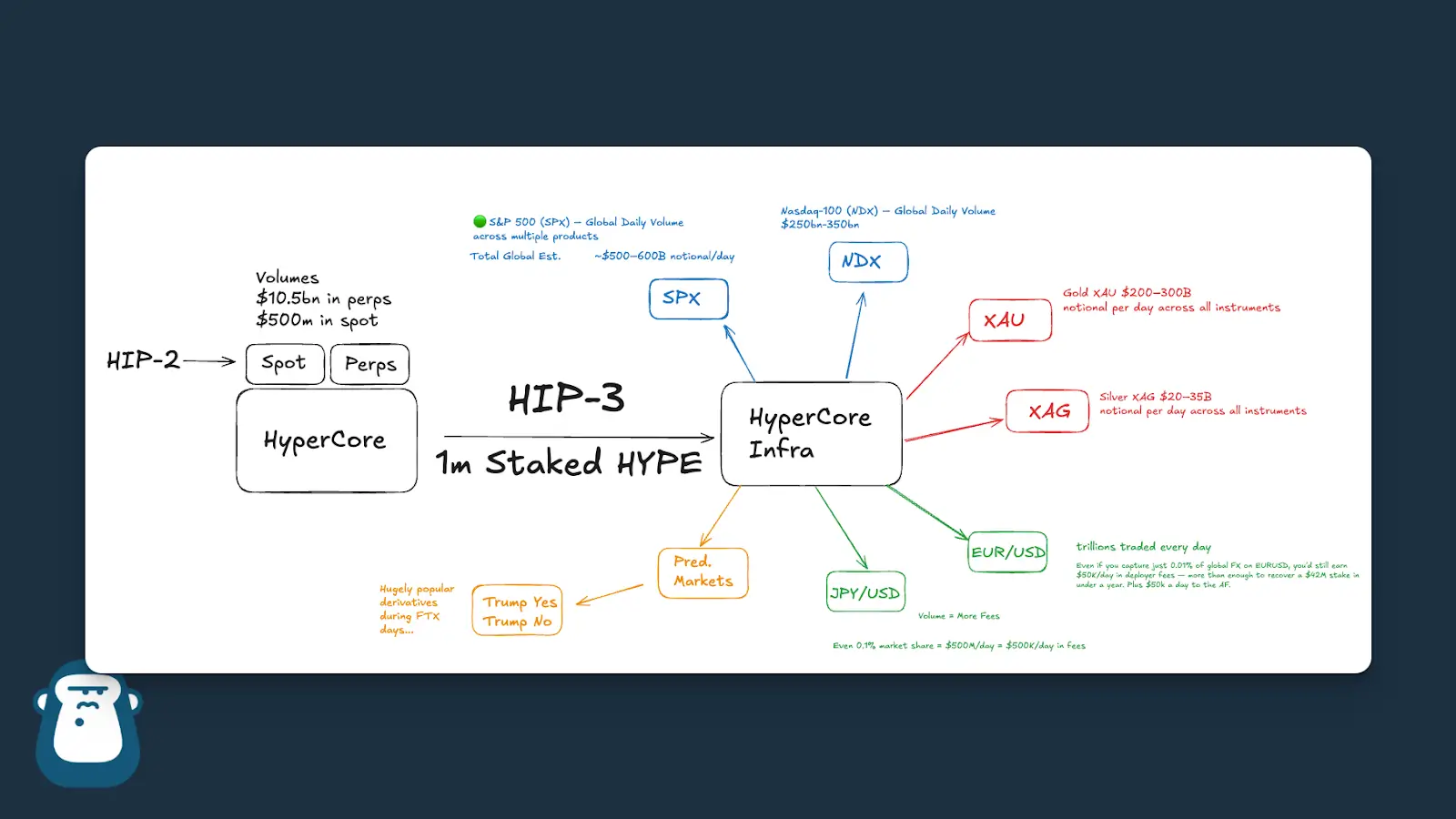
We’re about to see the global financial markets come on-chain, and guess what, they won’t be traded on a ve(3,3) style DEX. No, sorry. They want CLOB. They want HFT. They want UX that is at parity with a regular off-chain exchange.
Some market ideas (but not limited to):
- Commodities (oil, gold, silver)
- Indices (S&P 500, Nasdaq-100, EuroStoxx, crypto indices (finally))
- Global Equities (Tesla, NVDA, Tencent)
- FX (EUR/USD, JPY/USD, GBP/USD)
- Prediction markets (e.g. Yes/No tokens)
- Exotic products (leveraged tokens, pair trades, custom baskets)
They’re all coming.
HIP-3 deployers aren’t just launching markets; they are becoming on-chain asset providers. Just like the big dogs at BlackRock and Fidelity, they are not buyers; they are salesmen.
If you think there will be no competition to become the number one traded SPX market on Hyperliquid, think again.
There will be multiple deployers, all positioning and packaging their offer to traders, similar to the multiple different BTC and ETH ETF providers we have today.
Where do you buy from? Well, marketing is a big one. The reputation that they will still be there in five years is obviously a huge consideration. Favourable fees, rebates, high volume VIP services, etc.
Remember, they will all have their own interfaces/DEXes but run on the Hyperliquid infrastructure.
Deployers who sit back and chill watching a 24/7 market print them (and Hyperliquid) fees whilst the rest of the global markets are closed will be a sight to behold. Brokers who can and will route orders through these markets won’t say no to earning their fair share of commission out of hours either.
I do wonder where the fee markets will settle on this… will it be a premium compared to TradFi prices? Can they operate at a lower fee rate due to increased volume/overhead… who knows, but it will be great to watch.
How HIP-3 affects Hyperliquid’s HYPE token
Well, for those of you who have been paying attention, you will have noted that there will be a 1 million HYPE bond to begin permissionlessly deploying these markets. At press time, this was worth around $40 million.
Seems high, right?
Well, when you start to do the math on some of the potential volumes and returns that the deployers plus Hyperliquid would receive, it starts to look like one of the best ROIs to ever exist.
Moon math.. for those of you who are too mid-curve to dream, you can skip this part.
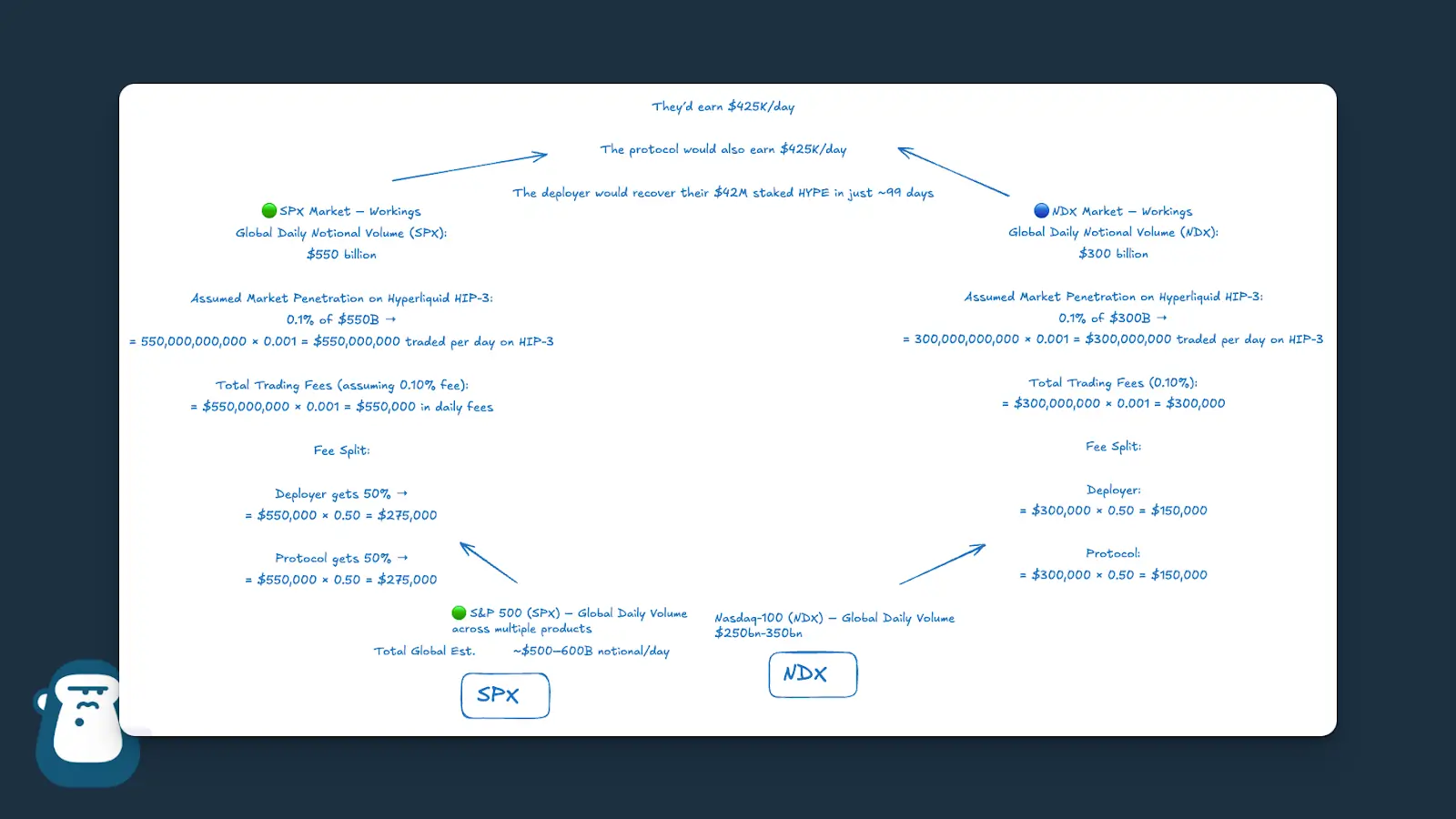
If a team launched just two markets (SPX + NDX) on Hyperliquid HIP-3 and captured 0.1% of global notional volume with a 10bps fee:
- They’d earn $425k/day
- The protocol would also earn $425k/day
- The deployer would recover their $42 million staked HYPE in just ~99 days
Now I did say this was moon math, and that would be a fucking ridiculous thing to assume in the short term, maybe in the medium or long term.
Just to kind of highlight an example, go and change the variables around as much as you want. The more market, the more volume. The denominator of protocol fees will continue to grow with the demand for these builder-deployed perpetual markets.
How this plays out and who benefits (other than HYPE holders)
As I pointed out, it's a million HYPE to get some markets going as a deployer. So, is that going to come from one person? Very very very unlikely. As you can see, there are a lot of requirements to keep these markets operational and functional, and that just being a sole deployer seems completely unfeasible to me.
So, what's more likely to happen is that either a collective or collaborative group, or more interestingly, a staking DAO could be spun up to amass the 1 million HYPE to then deploy these HIP-3 markets. That's when things start to get really interesting.
Now, the HYPE can be amassed through delegation, or another interesting route could potentially be liquid staking protocols.
As the staking DAOs or liquid staking protocols would have access to delegated staked HYPE, then there could be some form of collaboration with market makers, HFT firms, and oracle providers in some form of collective that could then work in a collaborative format to get these markets off the ground.
Usually I'm the first person to shit all over DAOs because I think everyone has got an opinion and usually it's fucking wrong, particularly in crowds. You have unqualified people who have made a public name for themselves on a social media site deciding what is going to happen with millions and millions of dollars, and it just seems absolutely ridiculous to me.
Anyway, in a hypothetical situation, you could have some of these staking collectives where they will then go and stake the 1 million HYPE and then take a decision back to some form of DAO, which again could be represented by a token to then go ahead and start acting as some kind of like pseudo on-chain BlackRock or Fidelity.
If it is a liquid staking provider, then things get really interesting. Typically, the token dynamics there would be the LST itself and some form of governance token.
Even then, the governance token could be used to bootstrap liquidity because remember… they have to spin up their own dApps, UI, liquidity vaults, and everything that comes with an efficient capital market running on HyperCore infra.
Remember, this is going to be a pretty fragmented setup across all HIP-3 markets, despite them all running on the same underlying infrastructure. So, there is a huge opportunity for someone to come in and act as this mega meta-aggregator for all of these new shiny, new on-chain toys.
Someone's going to take care of fees, the products, the incentives, and all of the stuff that the end user doesn't necessarily need to know, and create a seamless experience that rivals your traditional broker/exchange.
You could even see a situation where a team deployed "off-grid" (I just made that up).
Let’s say they've purchased the ticker on the HIP-2 spot market, and then they could actually take a small portion of this supply and transparently work out a deal with a staking collective/DAO that can act as a deployer.
So then they've effectively got spot and perpetual markets that are native to Hyperliquid as well.
Liquidity provision across these markets is going to be interesting as well. I think there's definitely a front-end liquidity aggregator vault setup that could come online here to make things simple based on risk profiles, etc.
Why should you care about Hyperliquid Improvement Proposal 3 (HIP-3)
If you’re still sidelined, you may want to look away now…
It is becoming more and more apparent that centralized exchanges (CEXes) prioritize highly extractive token deals in return for exchange listings… This has been a huge revenue driver for a very long time, but it feels like it's becoming more and more extractive and predatory as time goes on.
Oh, hello, vulnerable vaporware project that has raised way too much money. We would like to take 10% of your token supply and then offer you a guaranteed day one listing on our exchange. Sounds familiar?
There have been countless examples of this fuckery, one recent example being Defi.app where Binance came in at the eleventh hour and offered them a listing on the exchange in return for an investment or an allocation of their token supply.
What then transpired was that the terms of their ongoing Echo round were now effectively ripped up, and the retail investors who had agreed to the previous terms were now left with the same (less favourable) terms as Binance.
Let's now turn our attention to Binance US, which previously didn't have any fucking market share whatsoever and by all accounts is an absolute dogshit experience all around.
What I've noticed recently is they've started to actually list tokens that people would like to buy, like HYPE and Fartcoin. You know like the actual good shit that would make their users money. All the while, Binance Global seems to only list tokens that have incredible down-only technology.
Then, if you couple in what we saw towards the tail end of meme coin season and the crypto AI meta, any tokens that were up a bazillion X then became a prime target for a perps listing only…
Naturally, these tokens got shorted to death as people found an instrument where they could lock in their profits without actually having to sell their tokens on-chain, where they could be spotted by people who were tracking their wallets, etc.
Then, some more shenanigans happened when Binance Global decided to randomly list PNUT and ACT1.
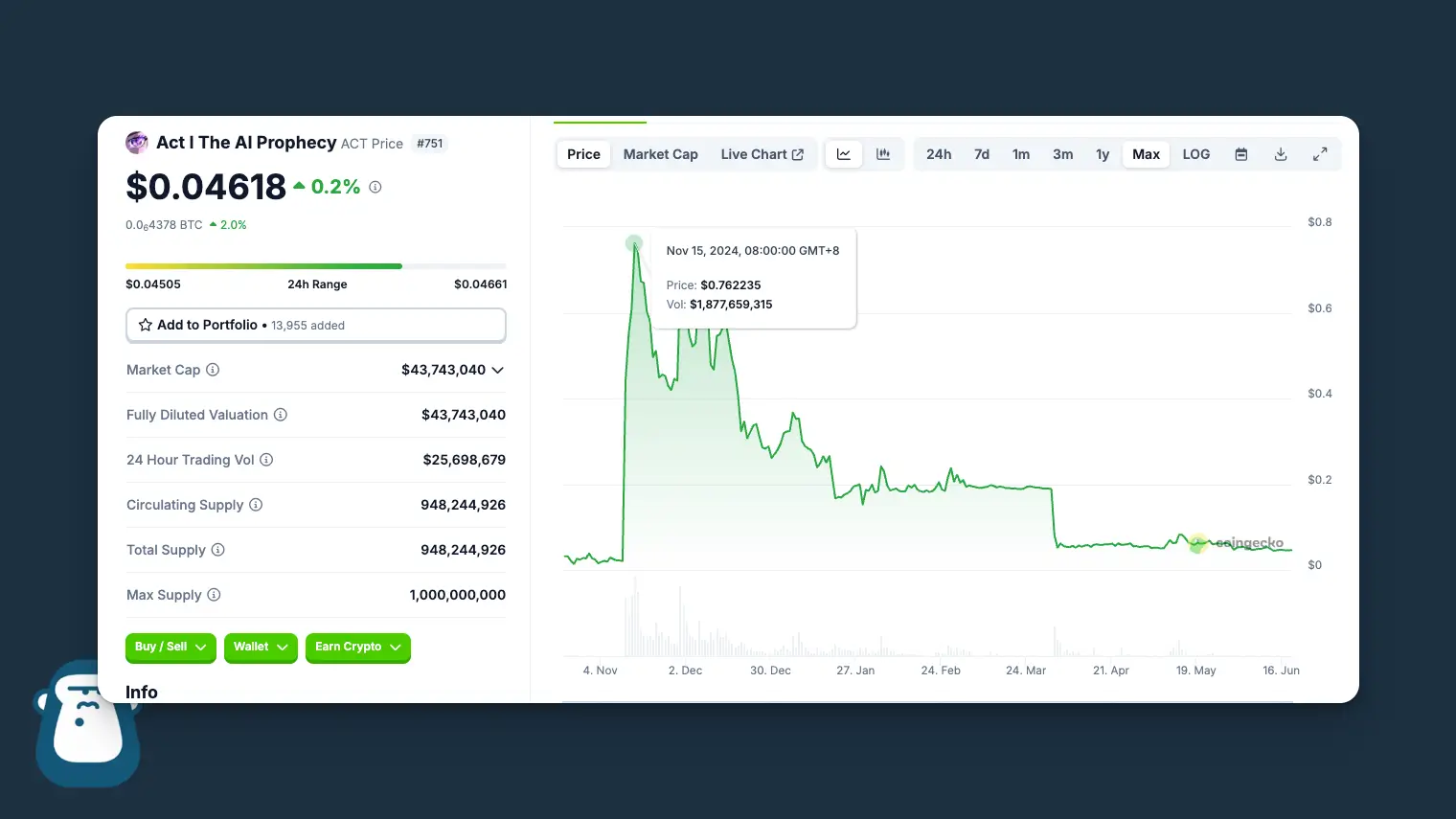
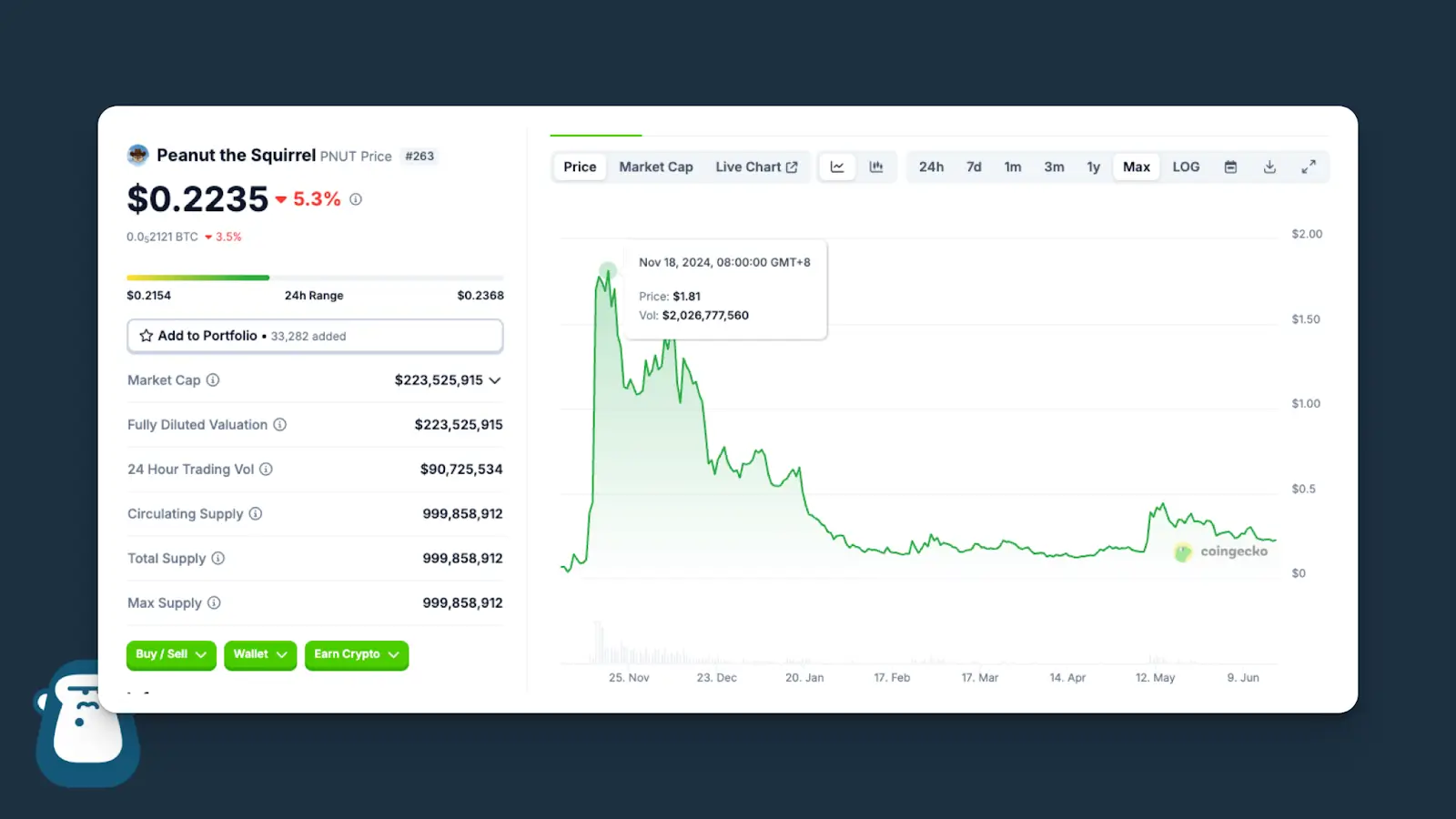
The recurring theme here is transparency, or lack thereof. Whether it be spot token listings or perps listings, nobody, apart from those in the vape-filled rooms of the centralized exchanges, knows what the criteria are for a token/derivatives listing.
If it were meritocratic, then you wouldn't have seen some of the questionable listings and delistings that have gone on over the past few months to the past few years.
If it were specifically criteria-based, then there'd be an awful lot of tokens that wouldn't be on there, and there'd be an awful lot more that would be.
Concluding thoughts on Hyperliquid Improvement Proposal 3
To summarise, HIP-3 is an immense unlock for the on-chain markets. The potential implications of this are absolutely huge. You're already seeing the likes of Framework Ventures begin to mention that they are looking to deploy markets using HIP-3.
I wouldn’t be surprised if others are operating in silence too, as they make their moves to deploy some fruity markets and earn some lovely fees.
They might have to move fast, though. Crypto perma-bear Jamie Dimon is coming for those existing capital markets.
Me? I couldn’t care less. I just want more volume to generate more fees to take more HYPE off the market forever with infinite buy pressure.
Hyperliquid.
Note: A handful of the blocmates team are deep in the Hyperliquid trenches, so factor that bias in. All of our research and references are based on public information available in documents, etc., and are presented by blocmates for constructive discussion and analysis. To read more about our editorial policy and disclosures at blocmates, head here.







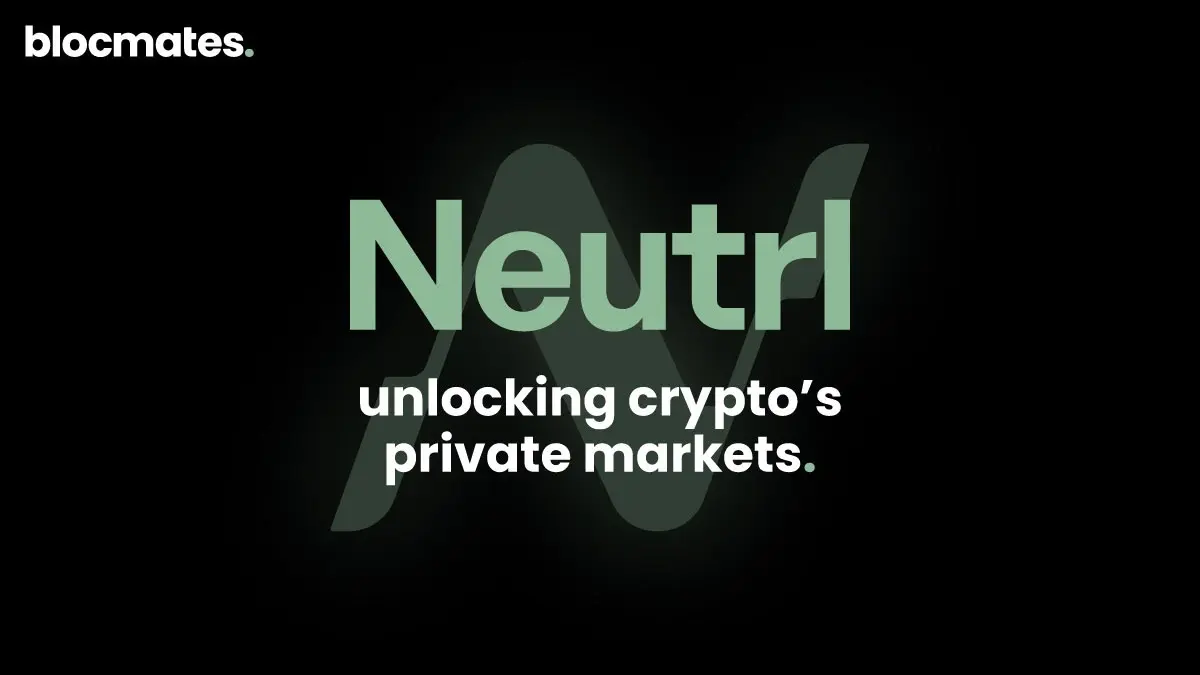



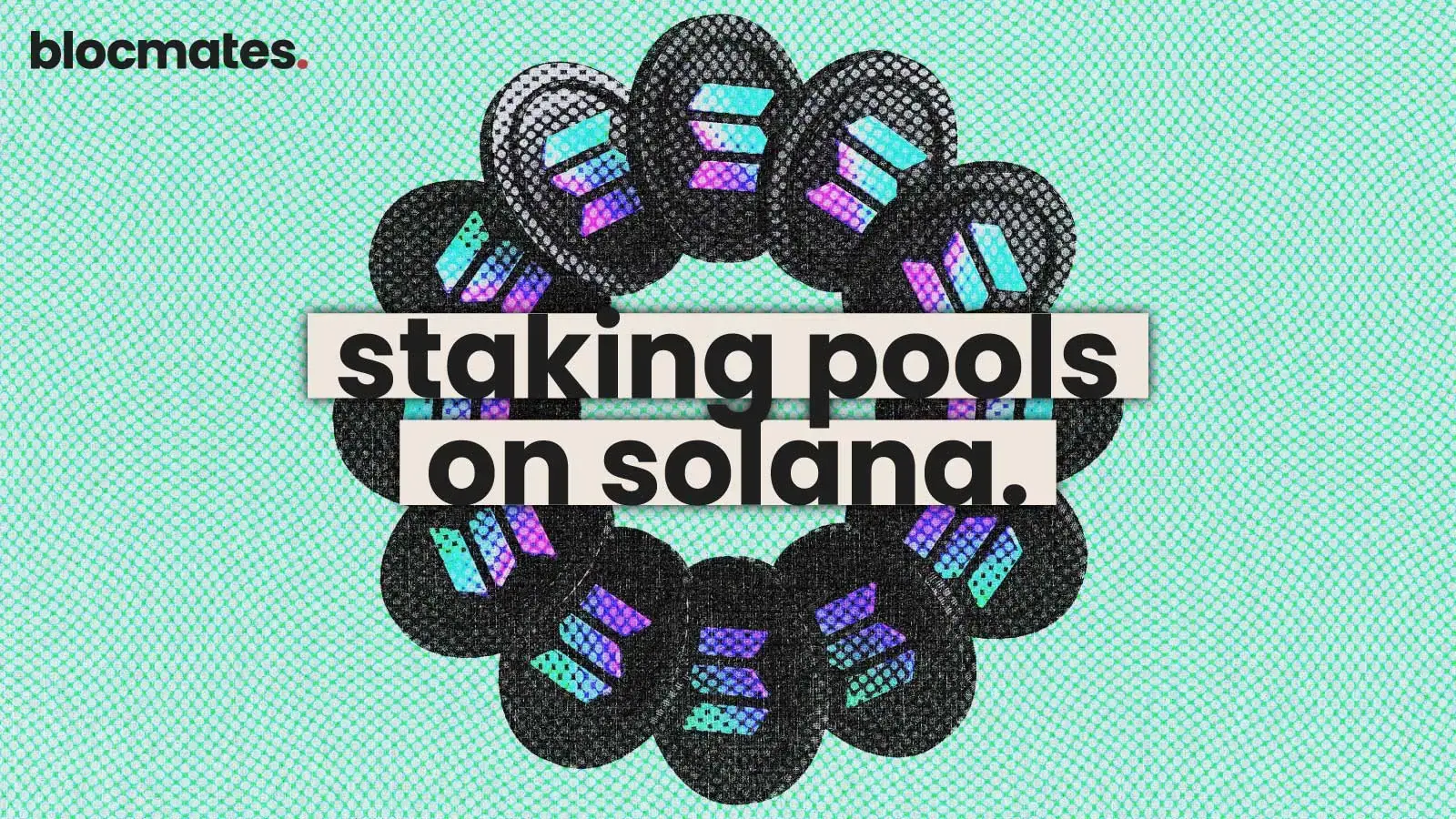


.webp)
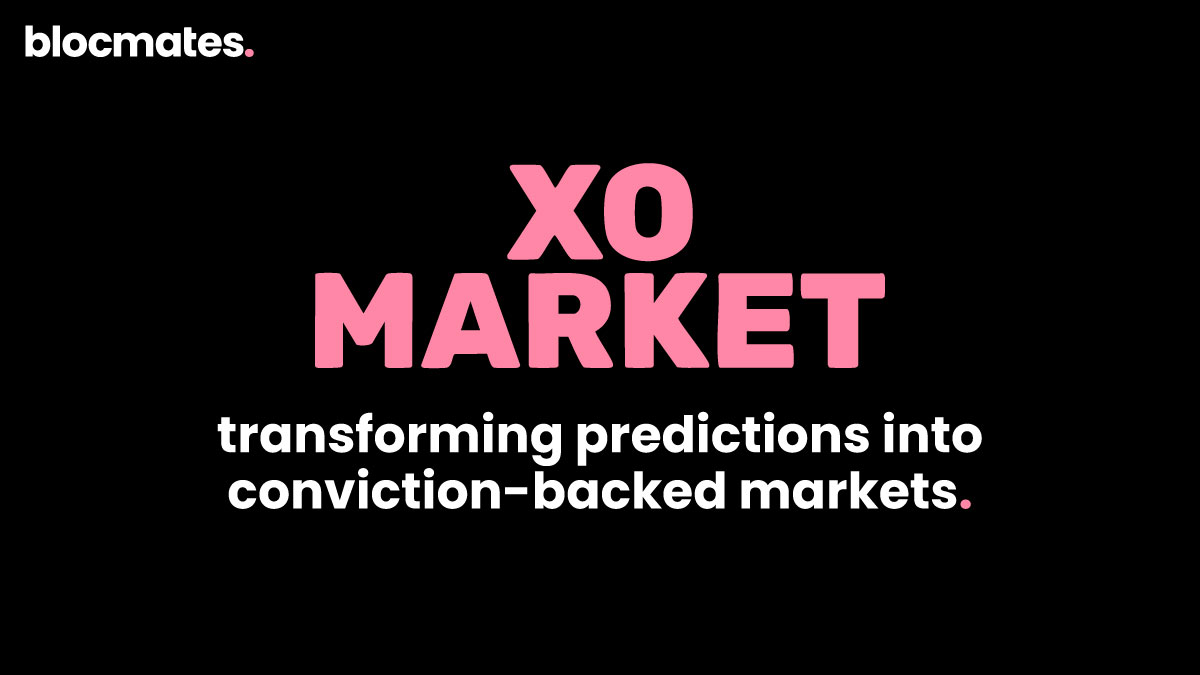
.webp)
.webp)

%20(1).webp)
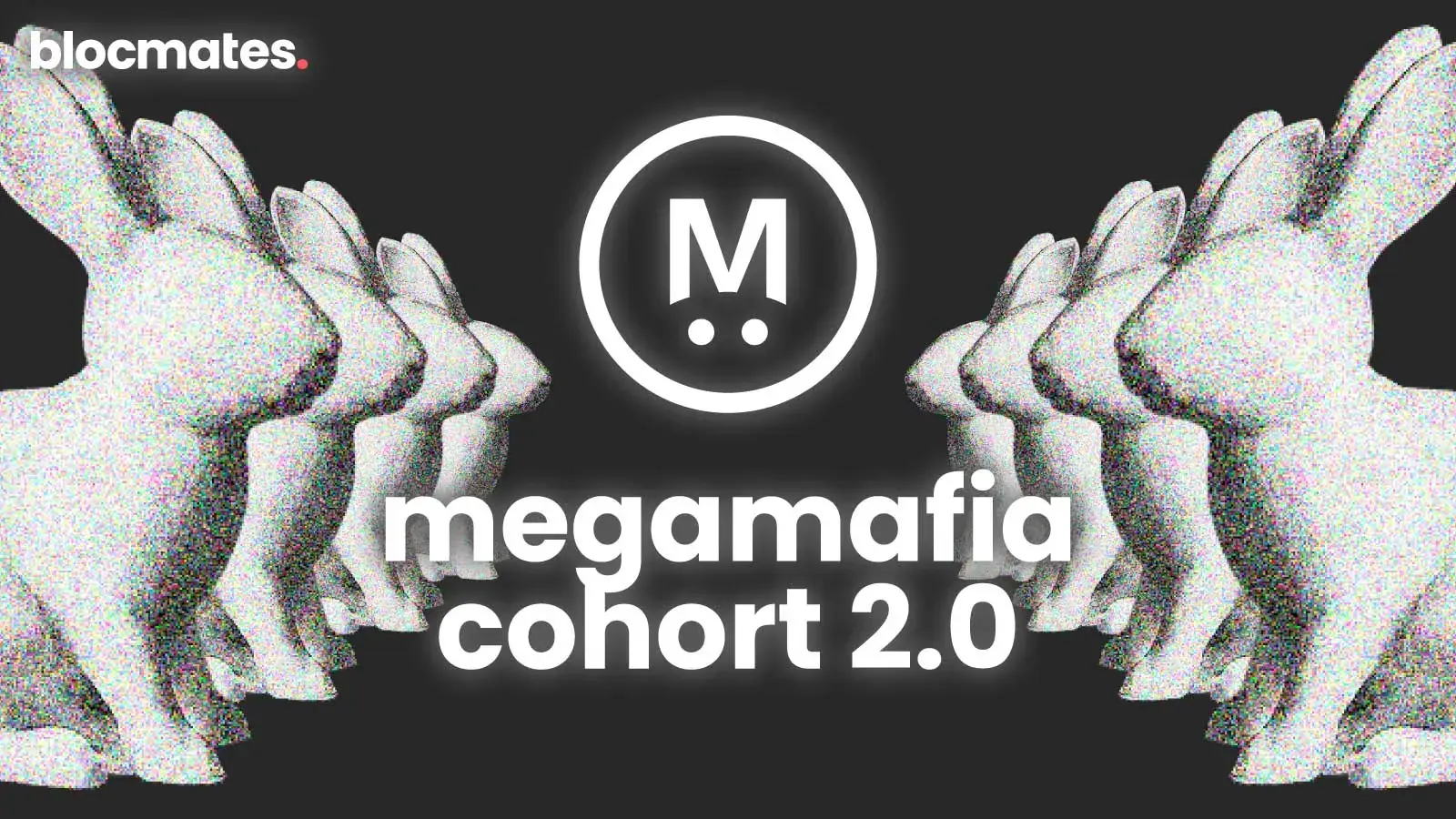
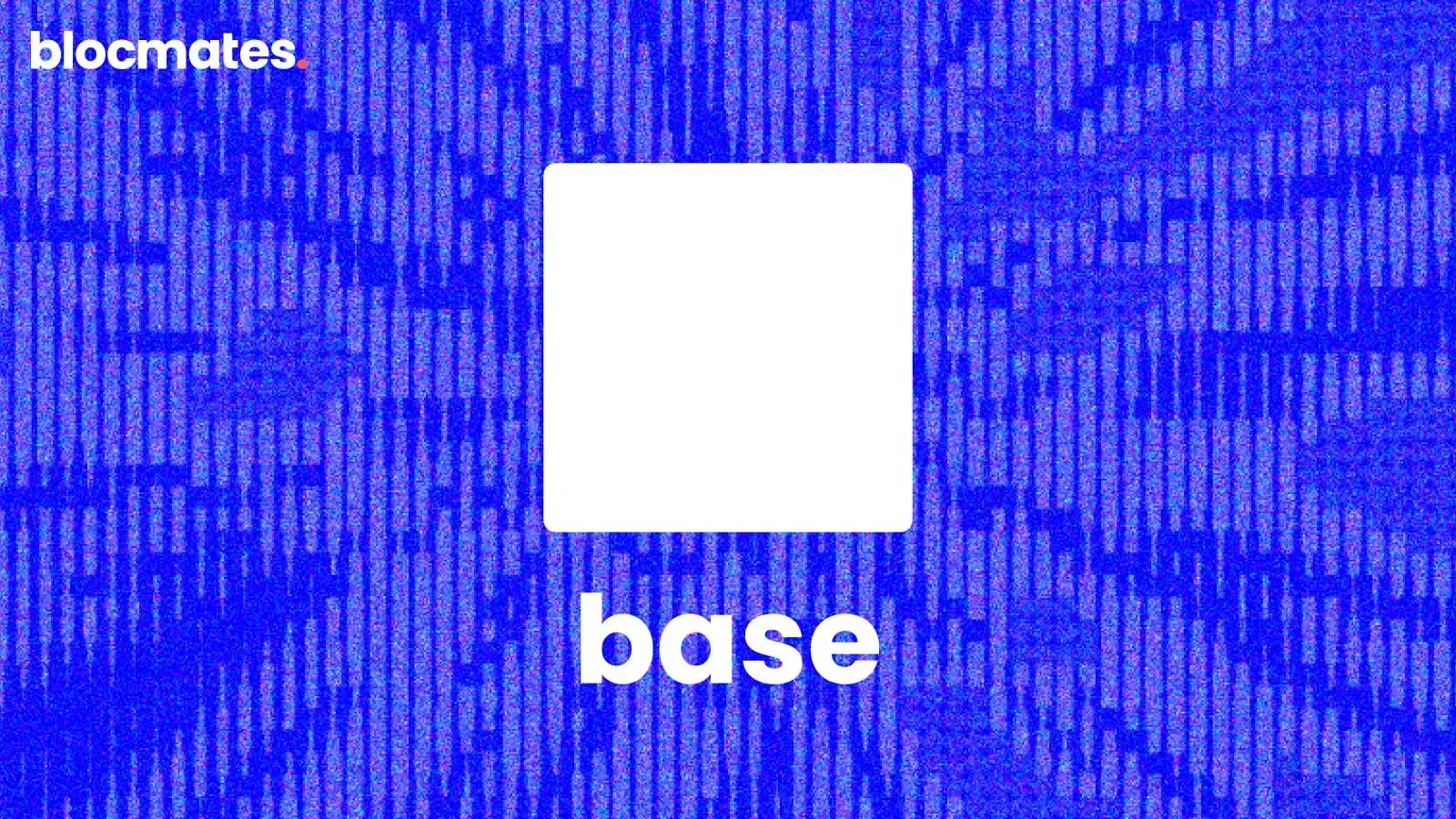
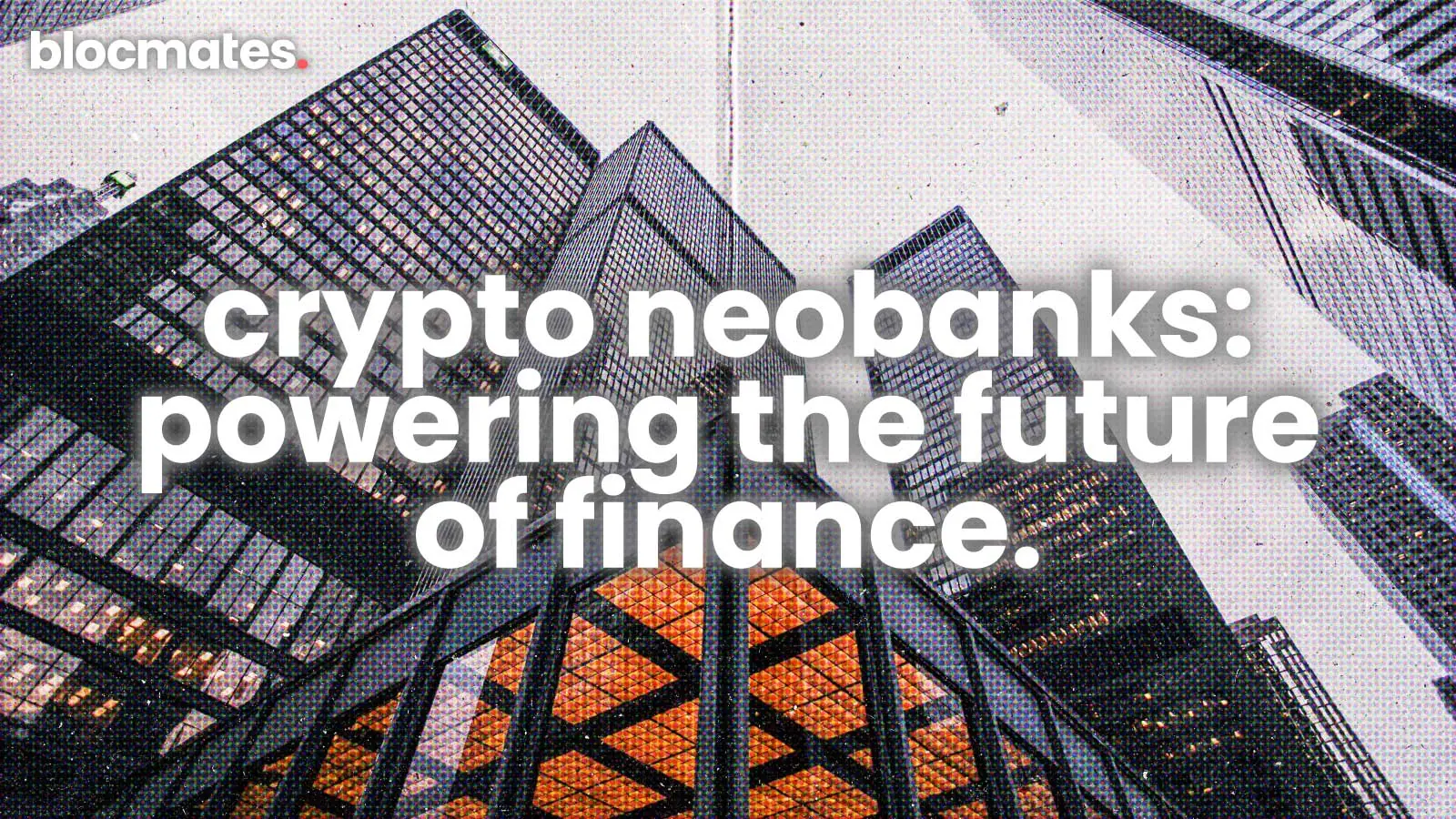


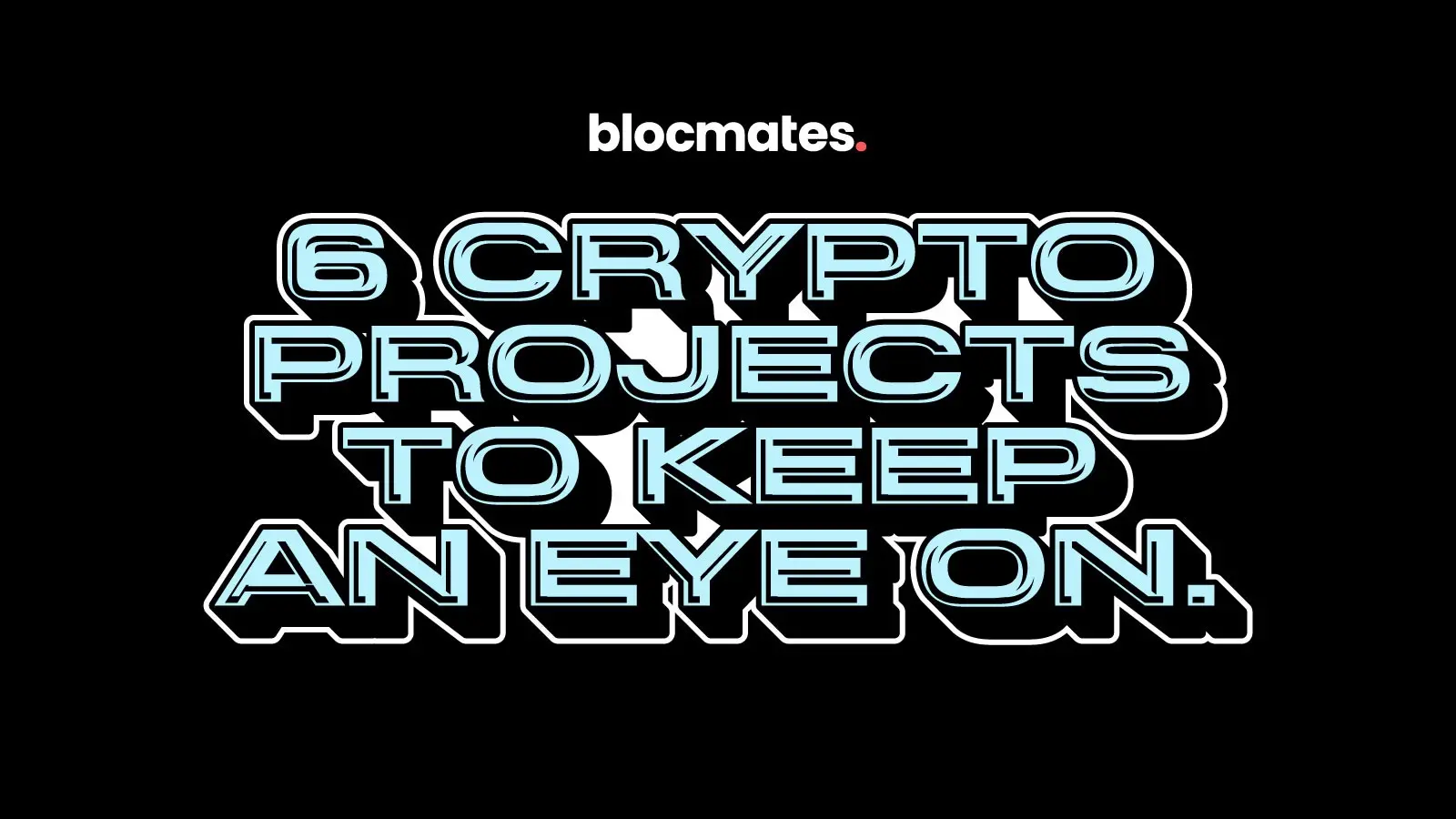
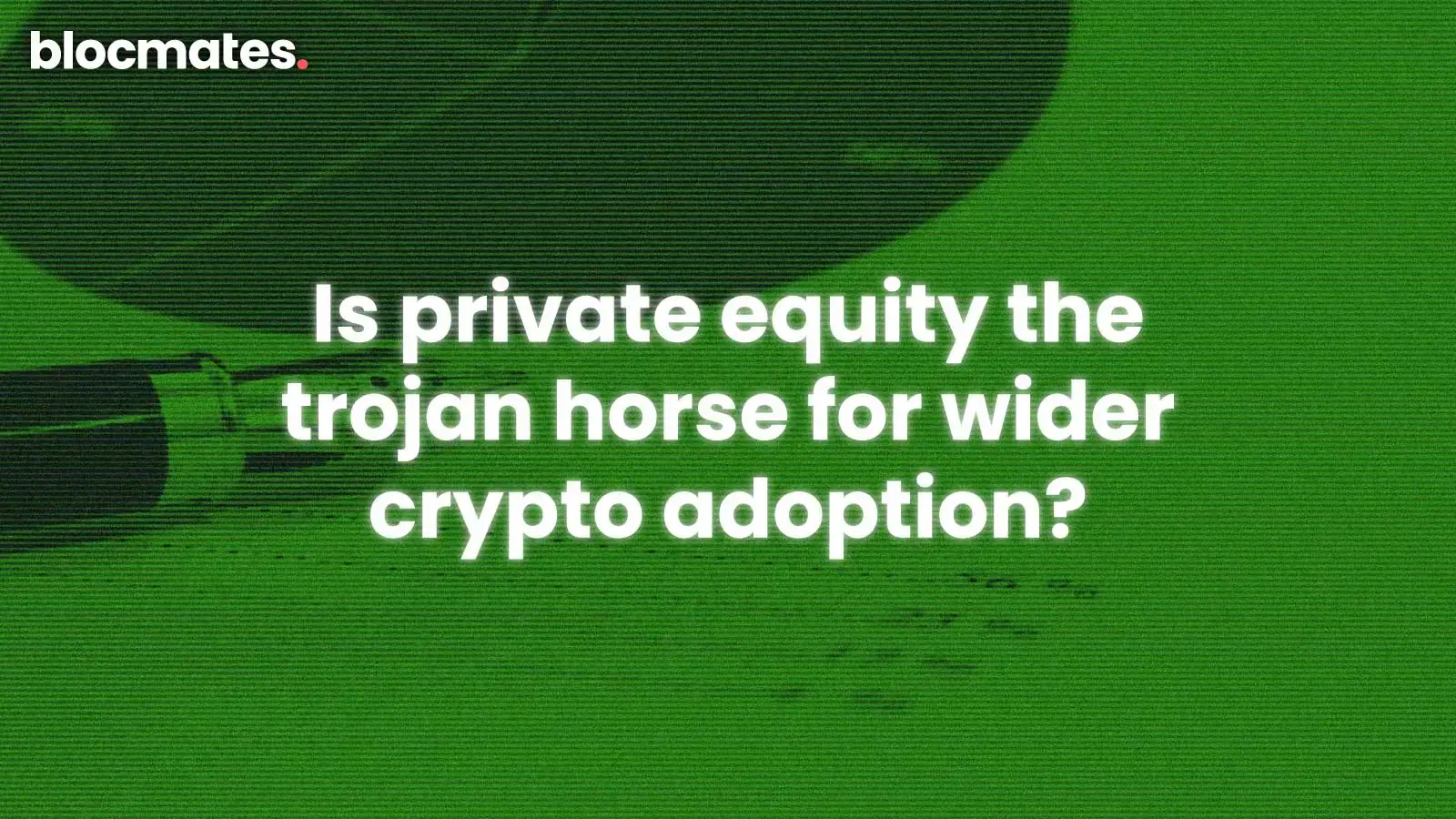



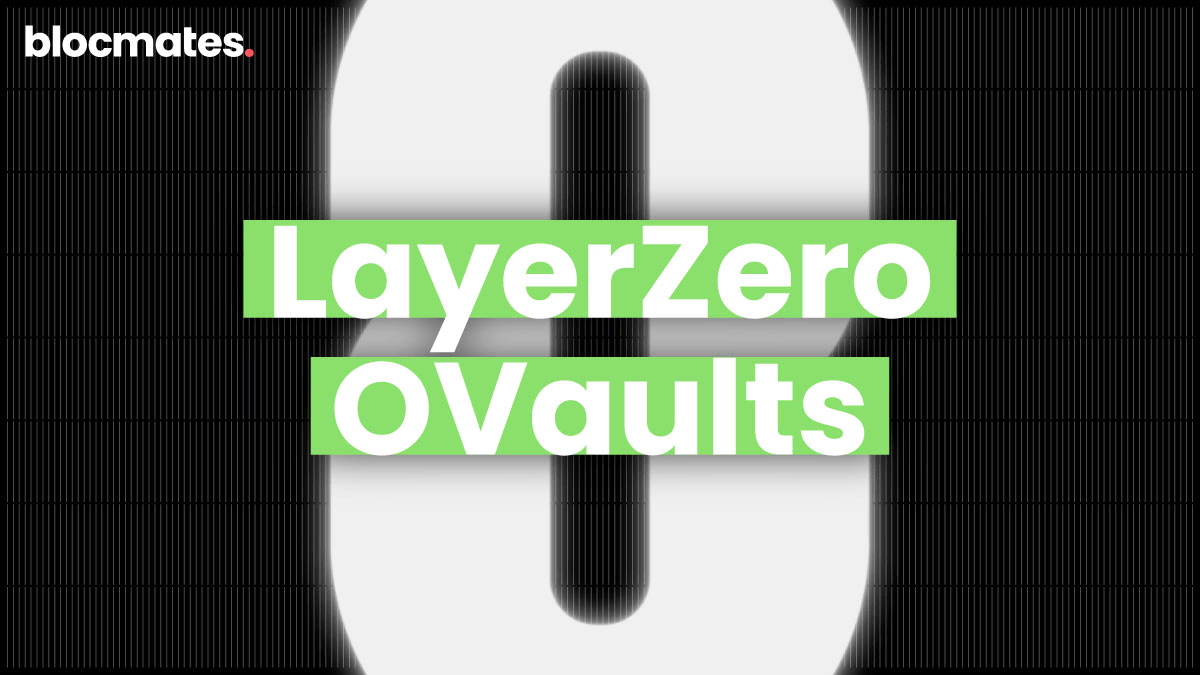

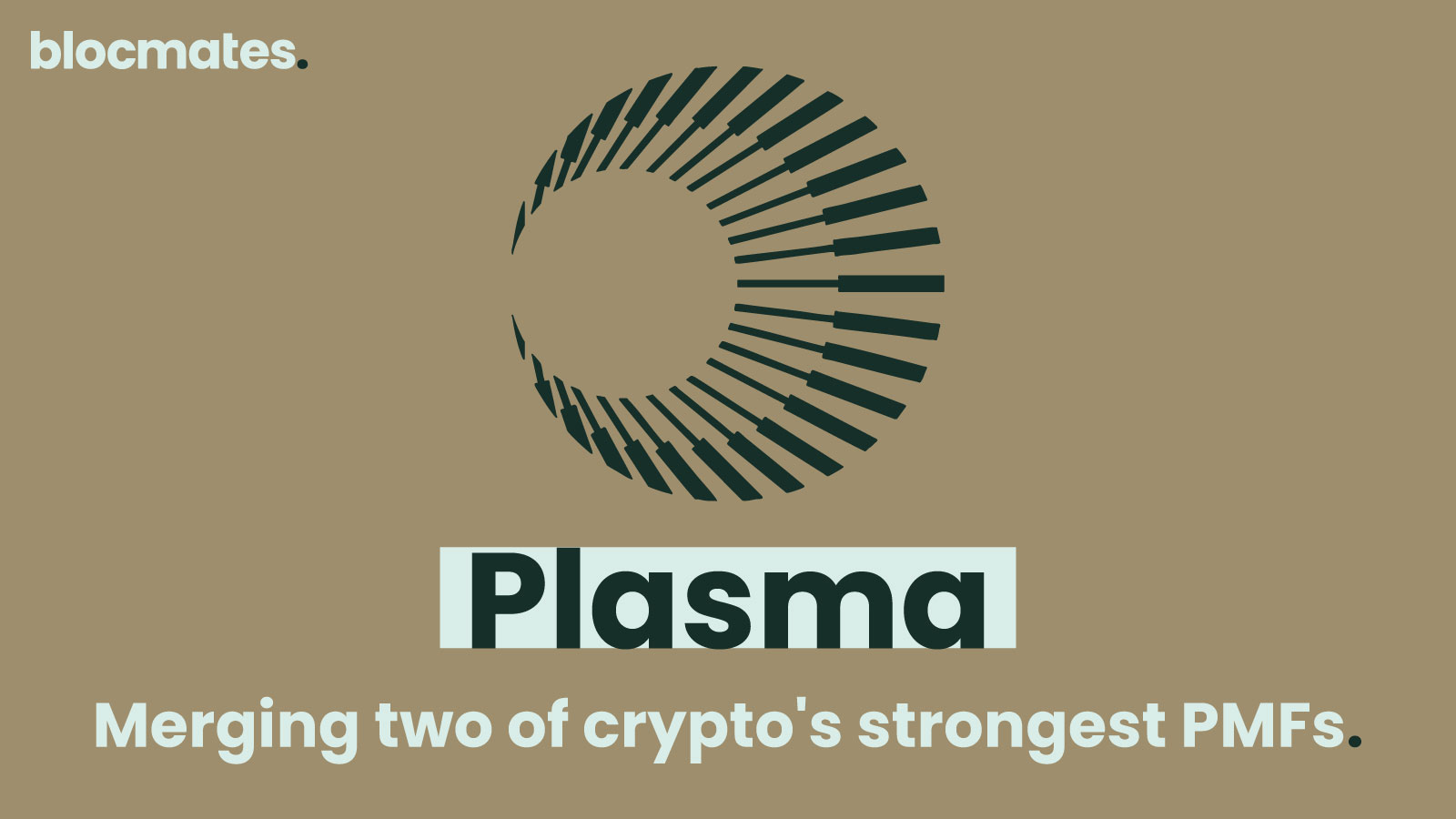

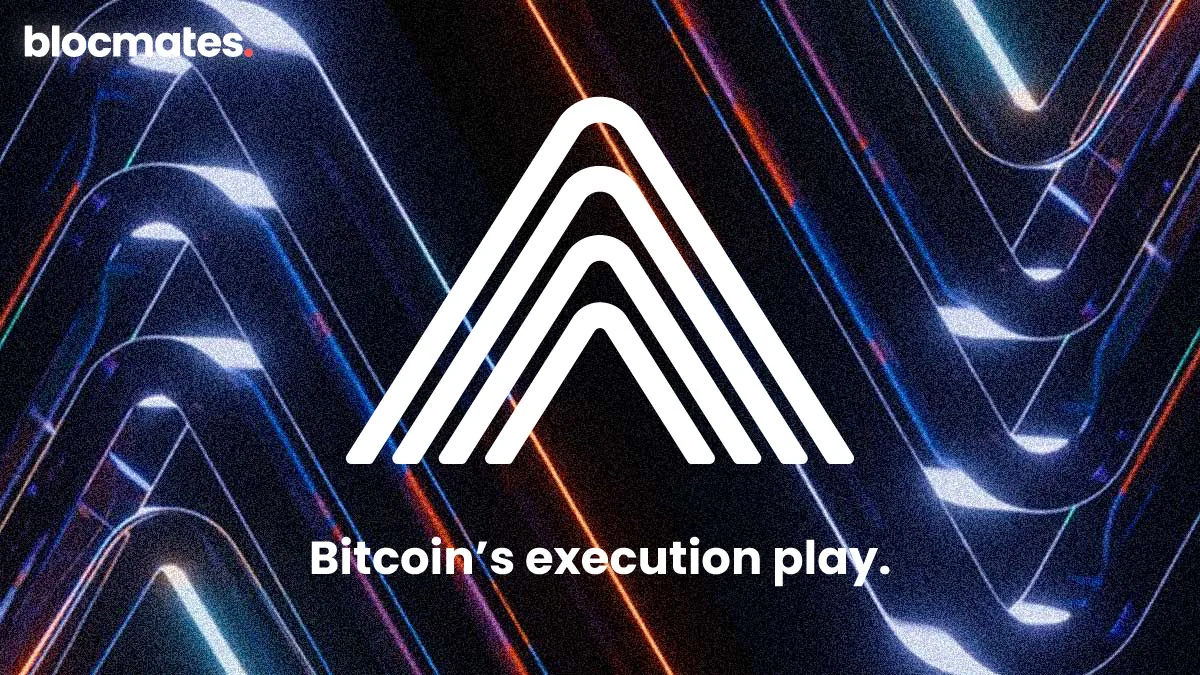

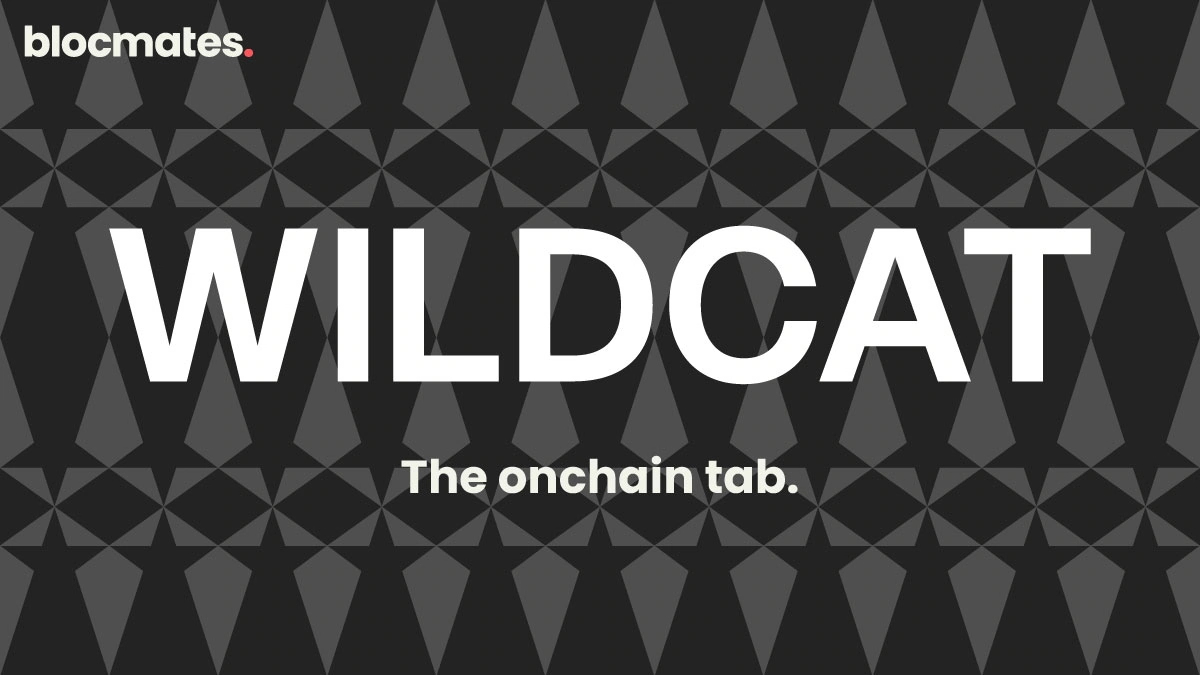
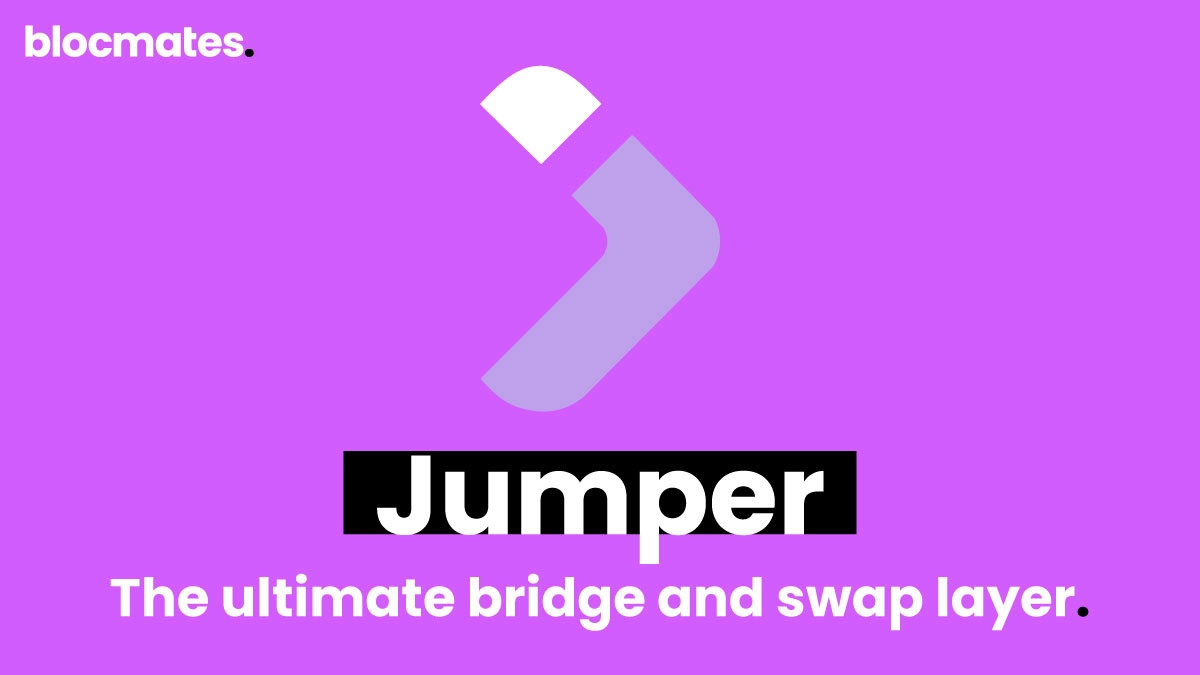
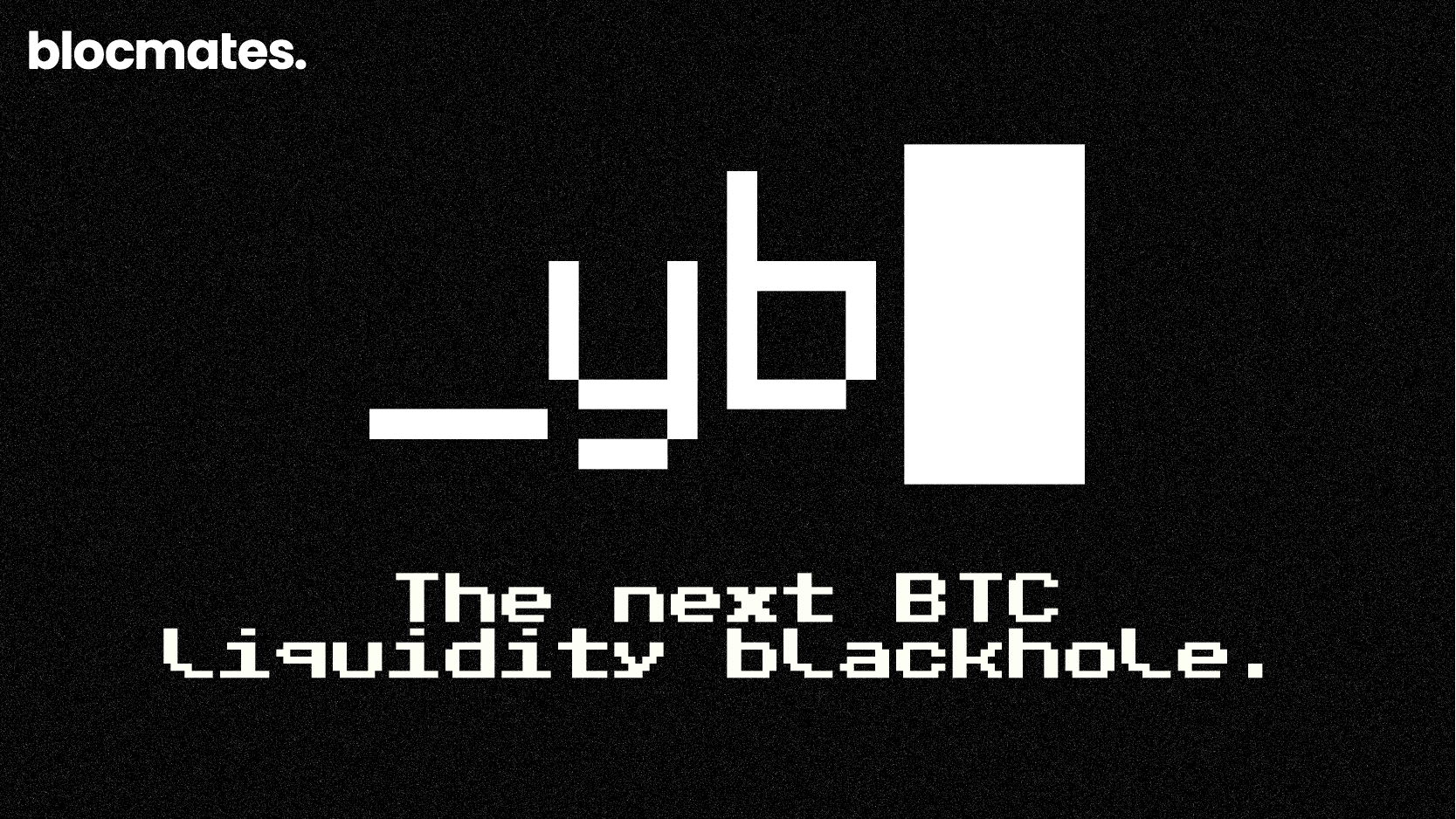
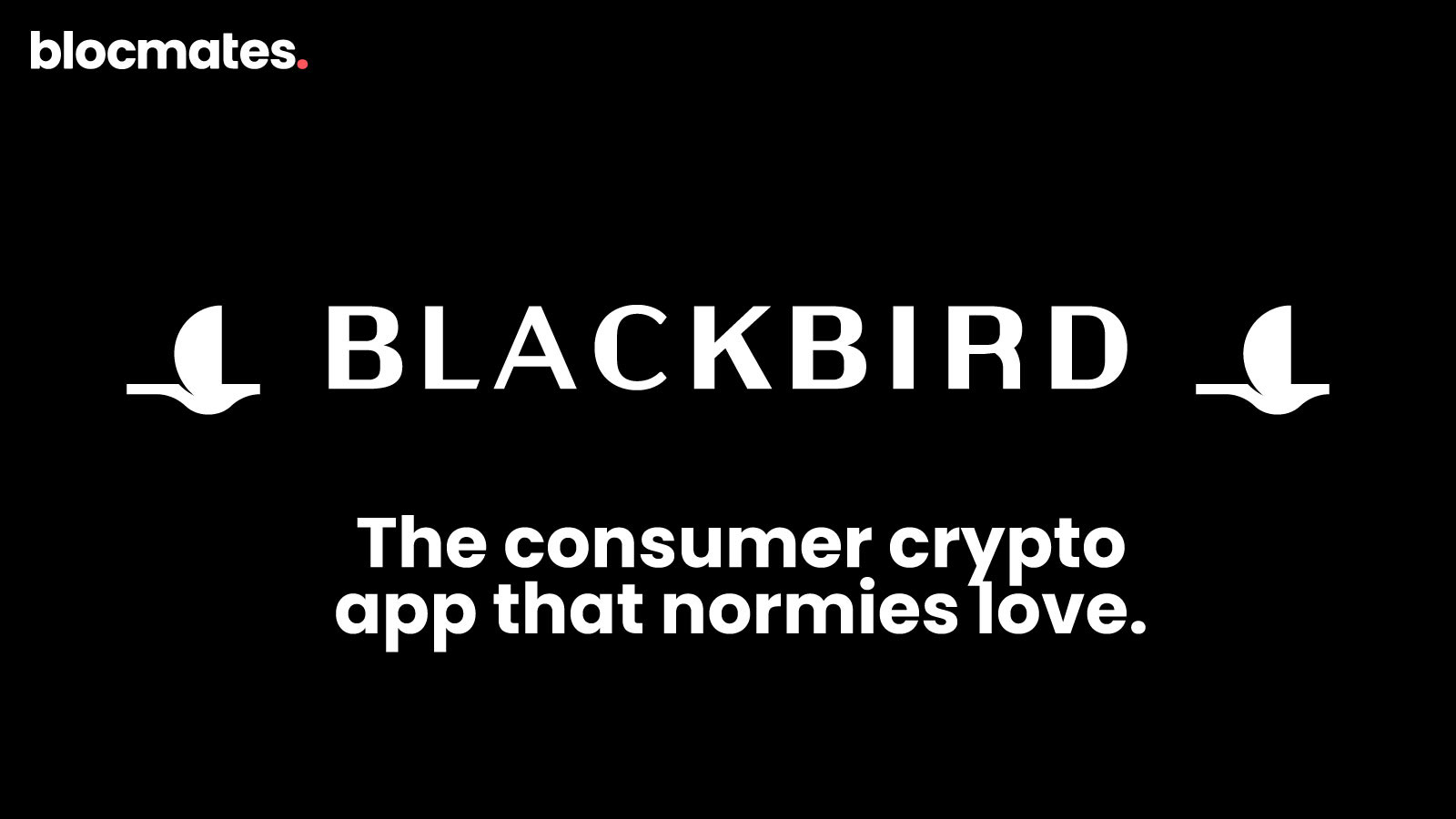


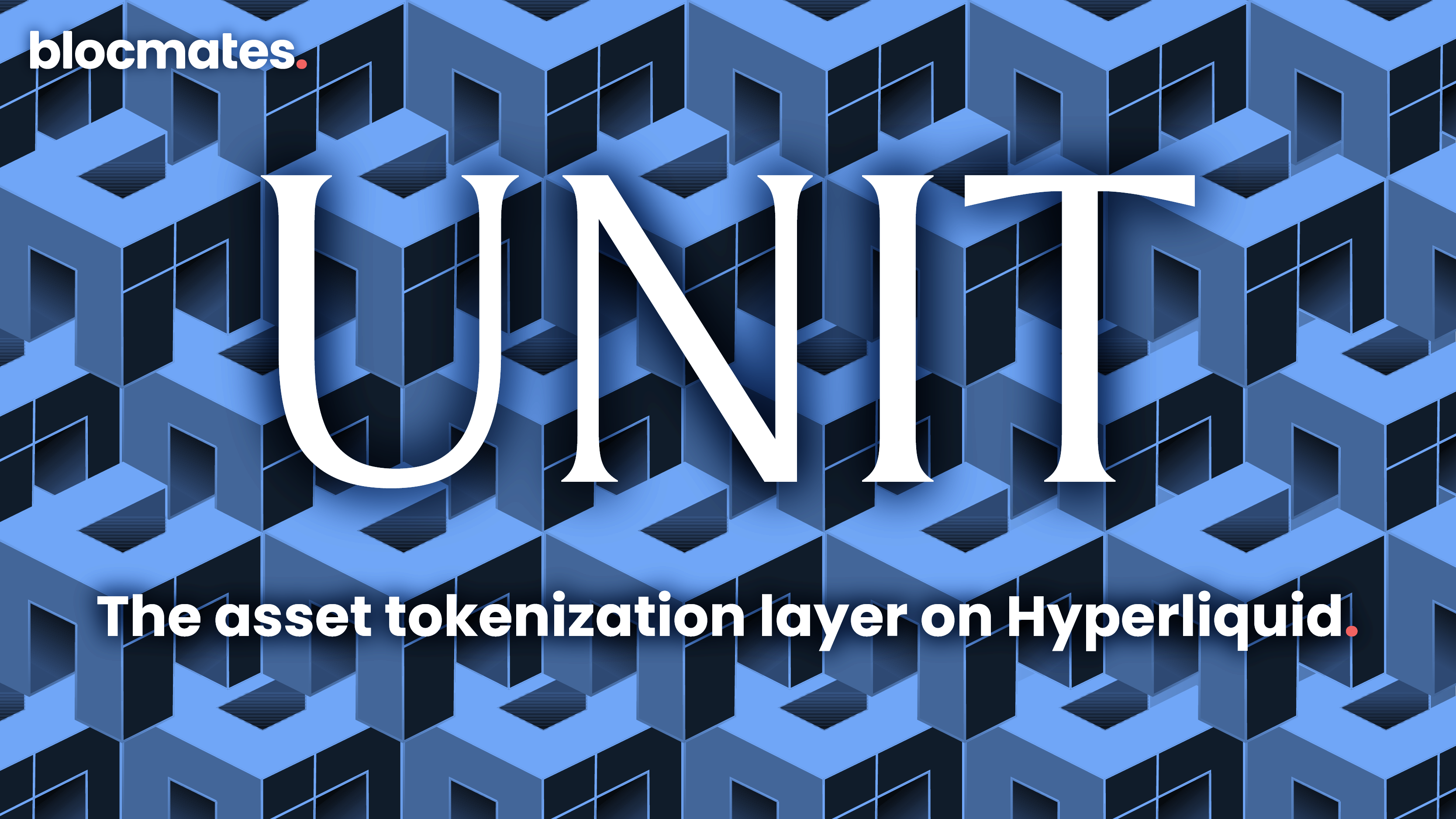
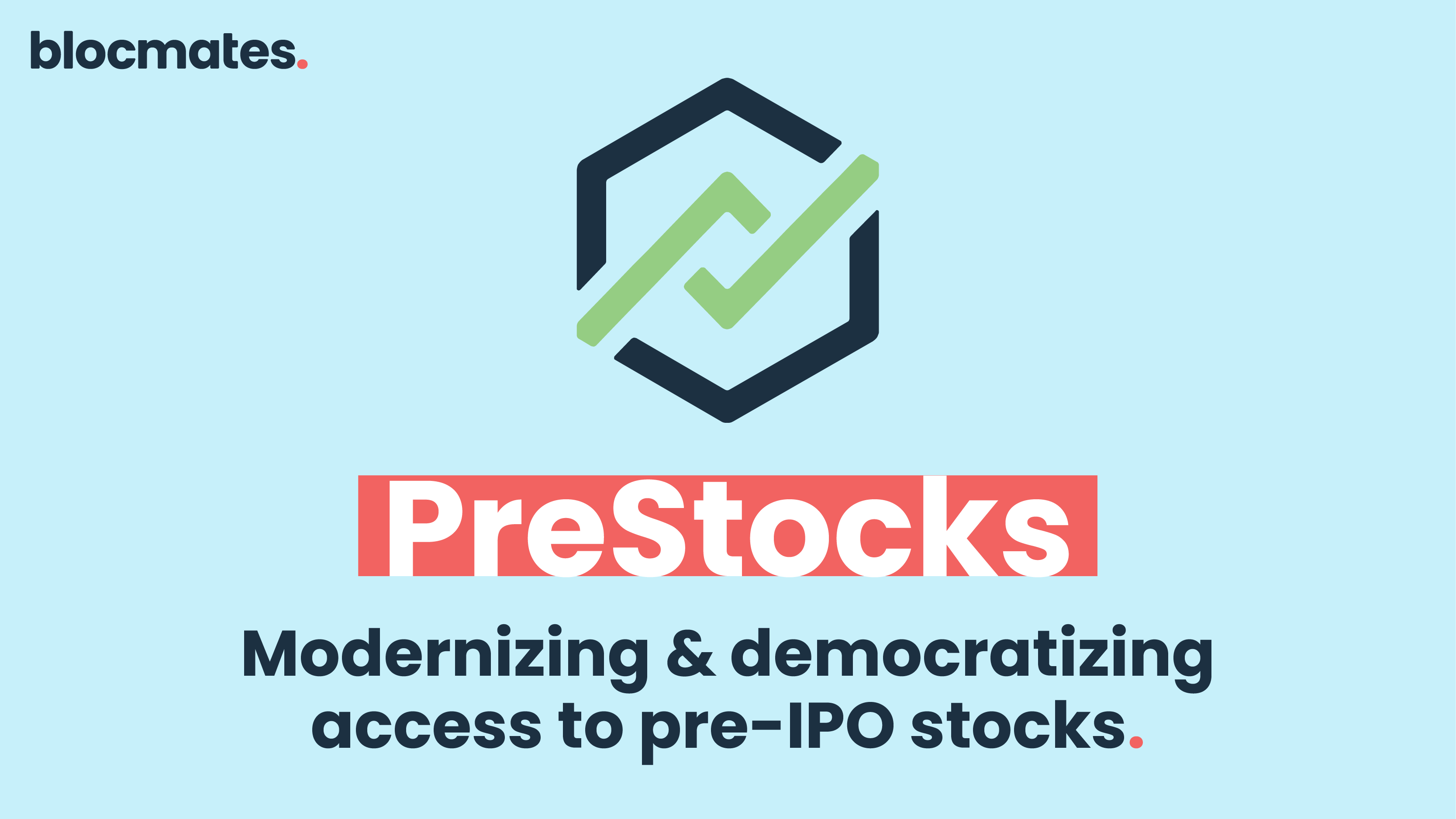

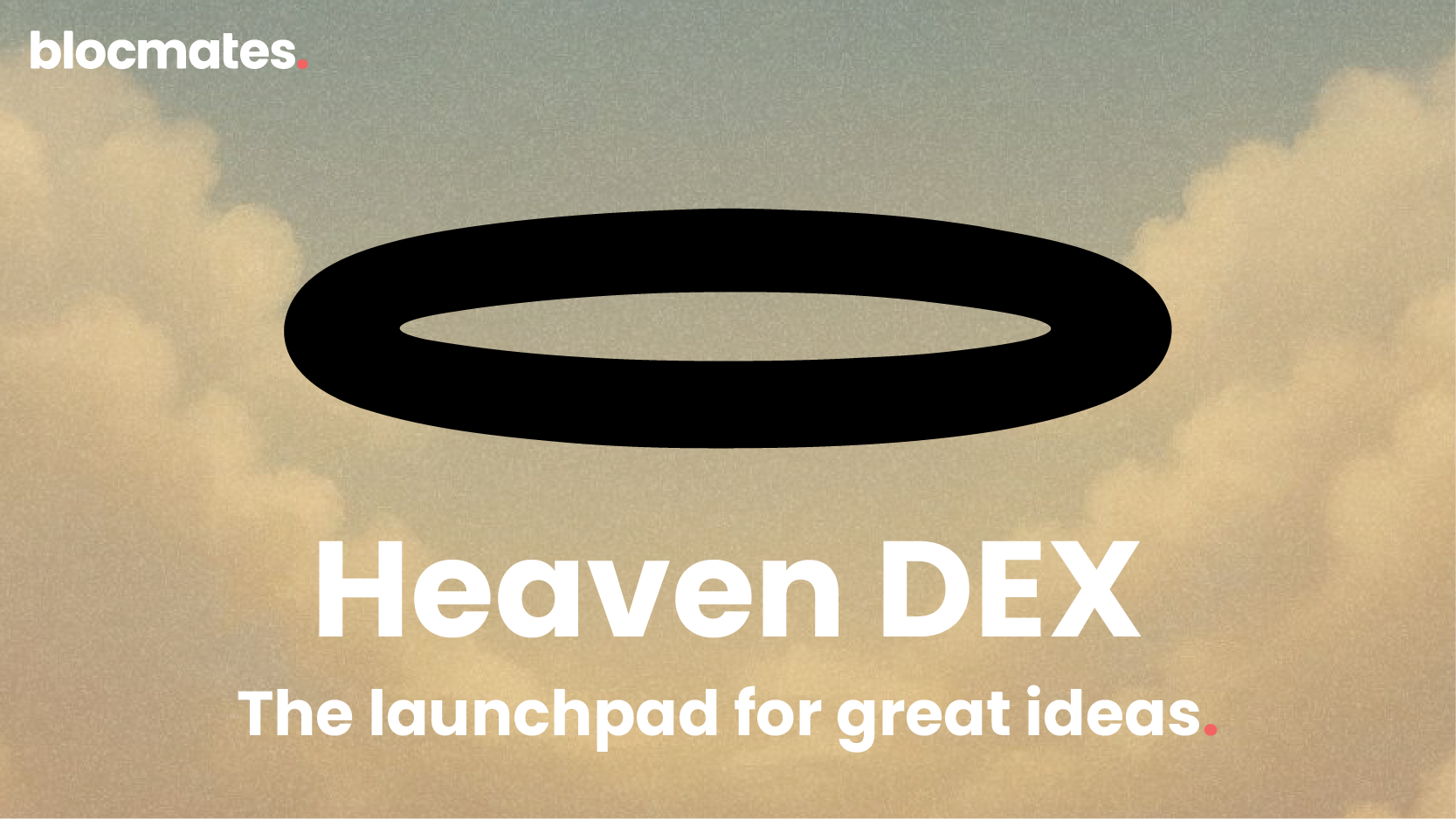


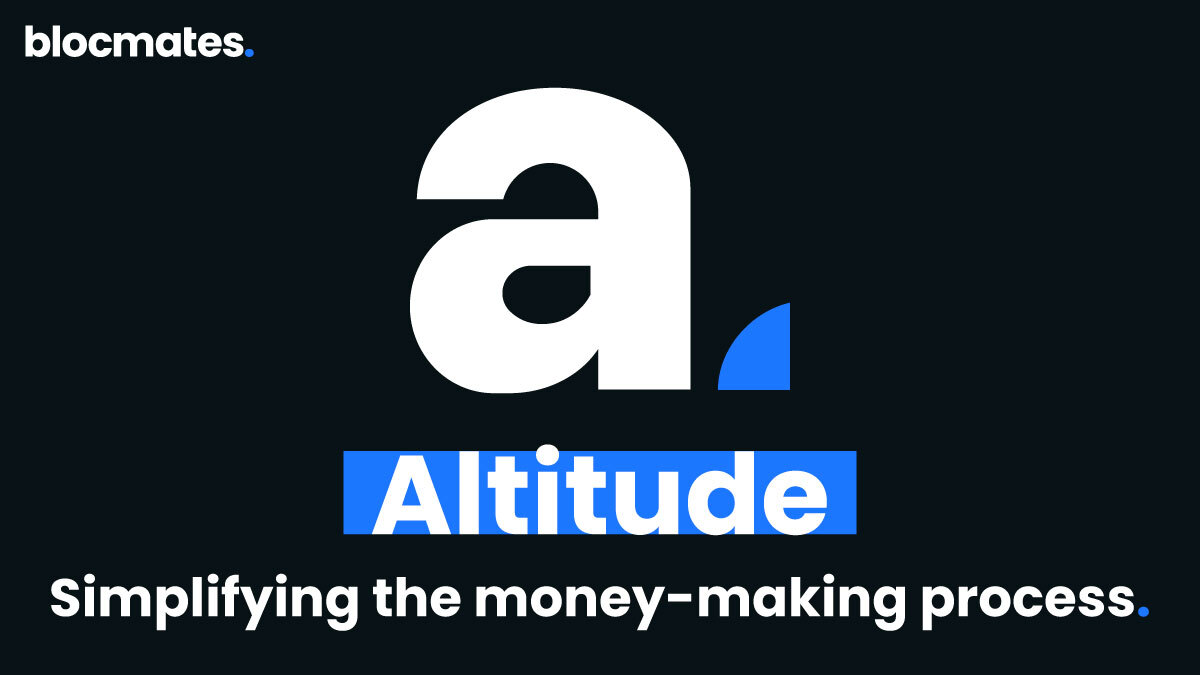

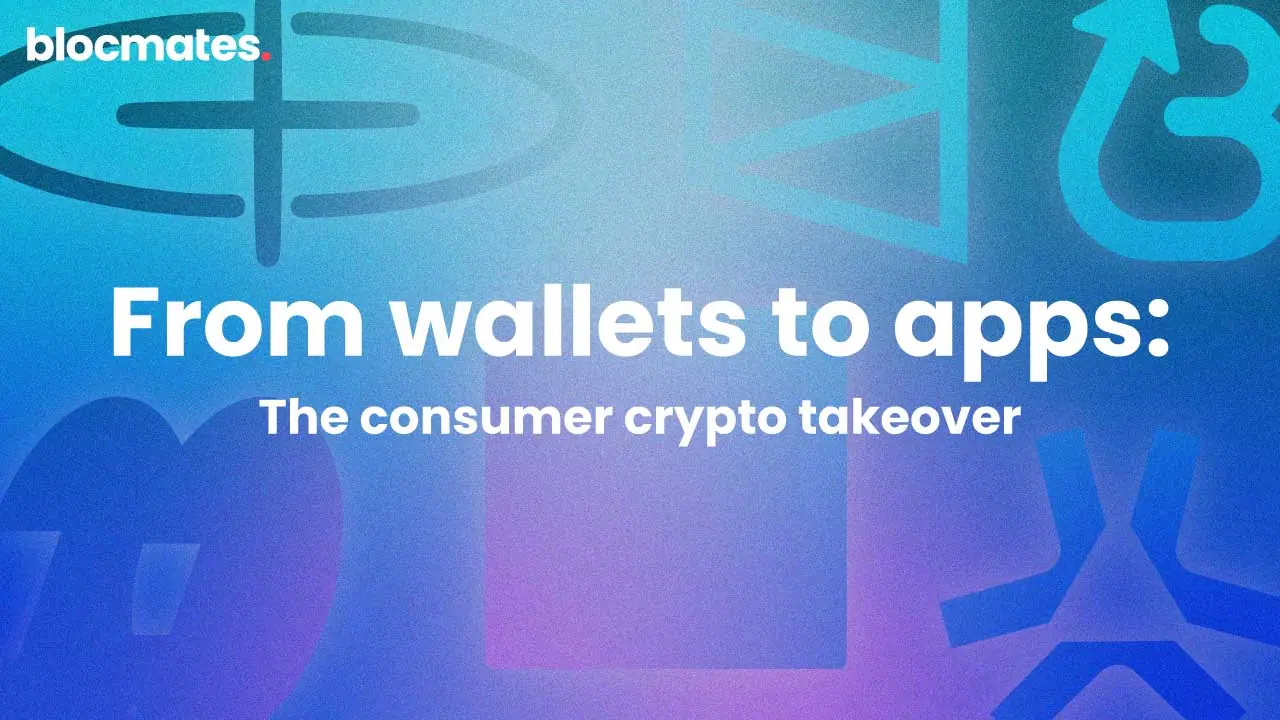
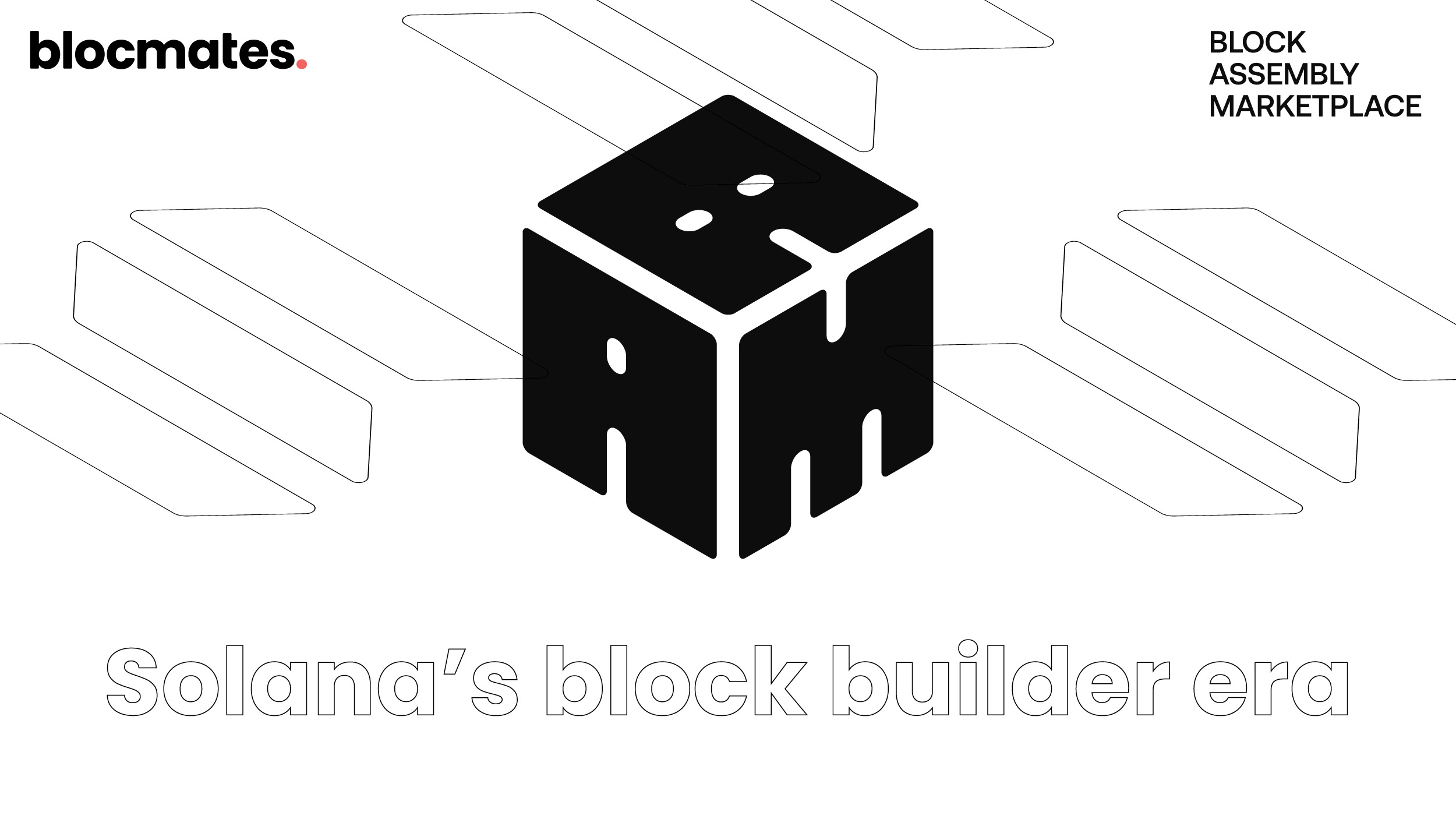



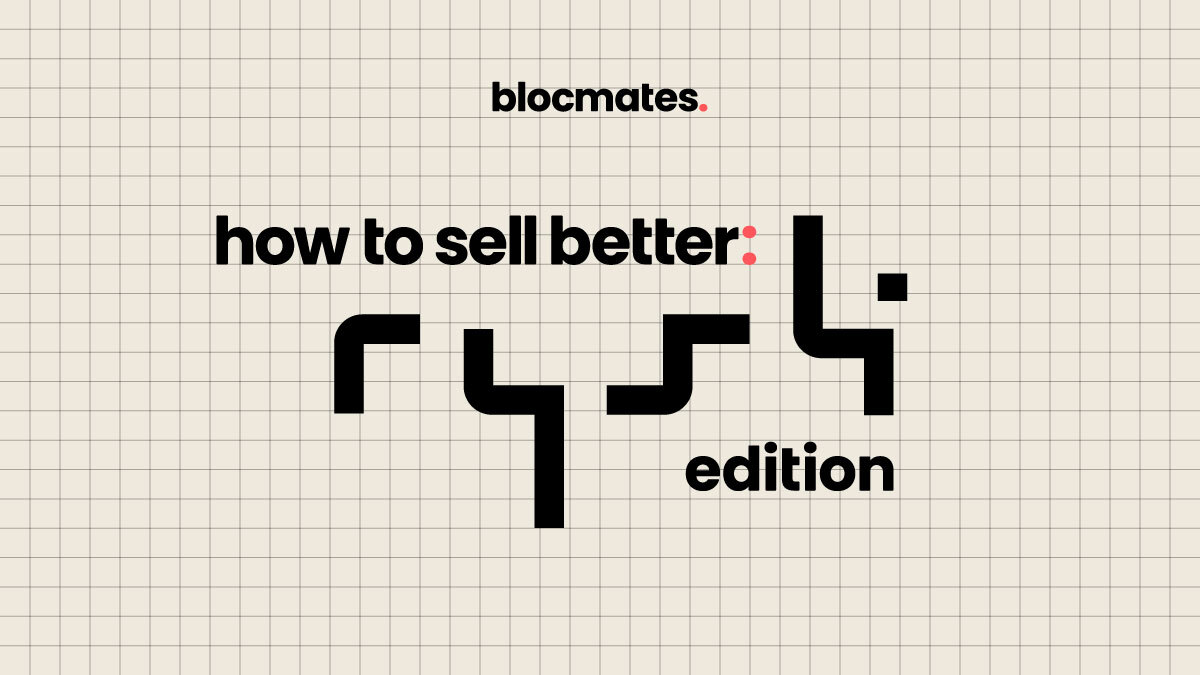






















%202.webp)


.webp)

.webp)
.webp)
.webp)


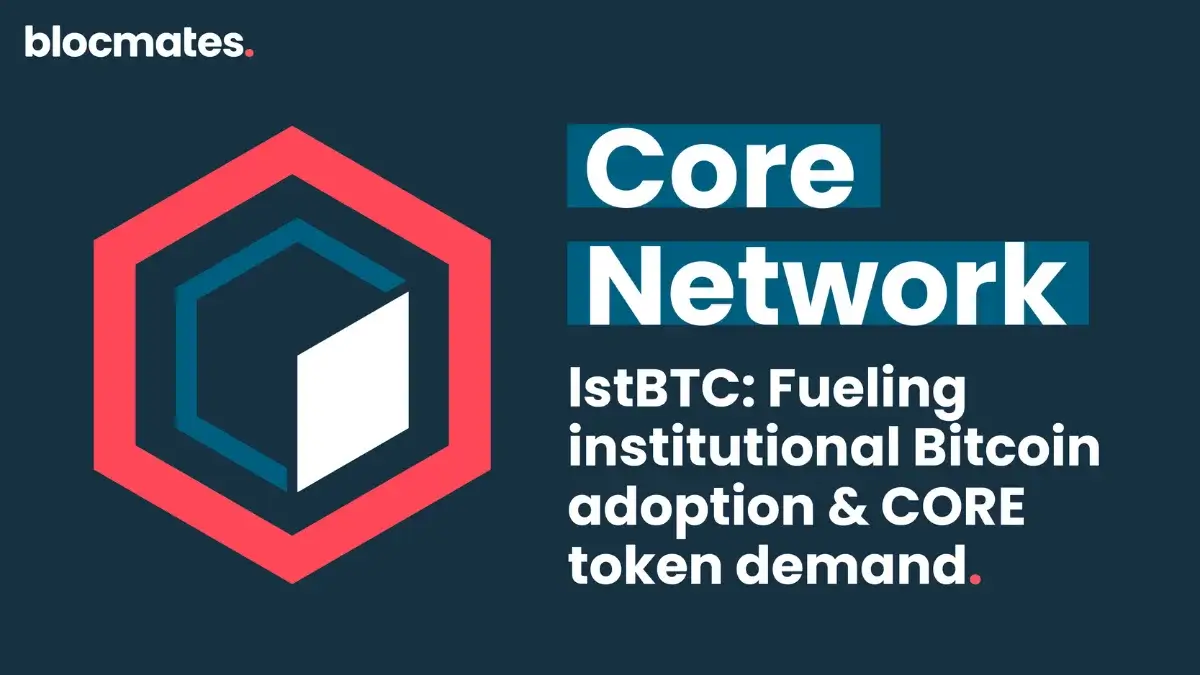
.webp)












%20the%20Next%20Big%20Unlock%20in%20AI.webp)





.webp)
.webp)

.webp)
.webp)
.webp)


.webp)
.webp)










.webp)


.webp)






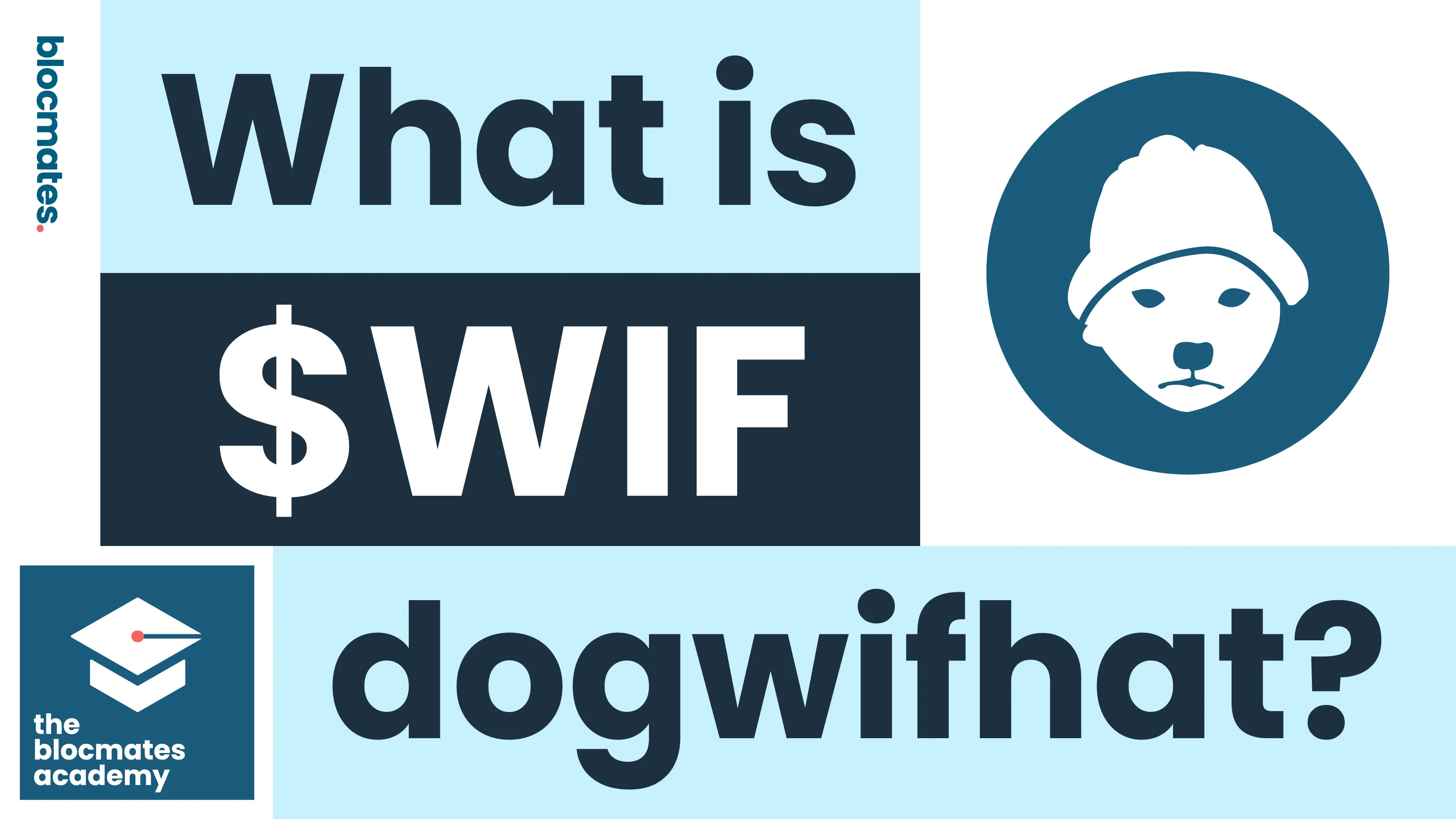


.webp)







.webp)
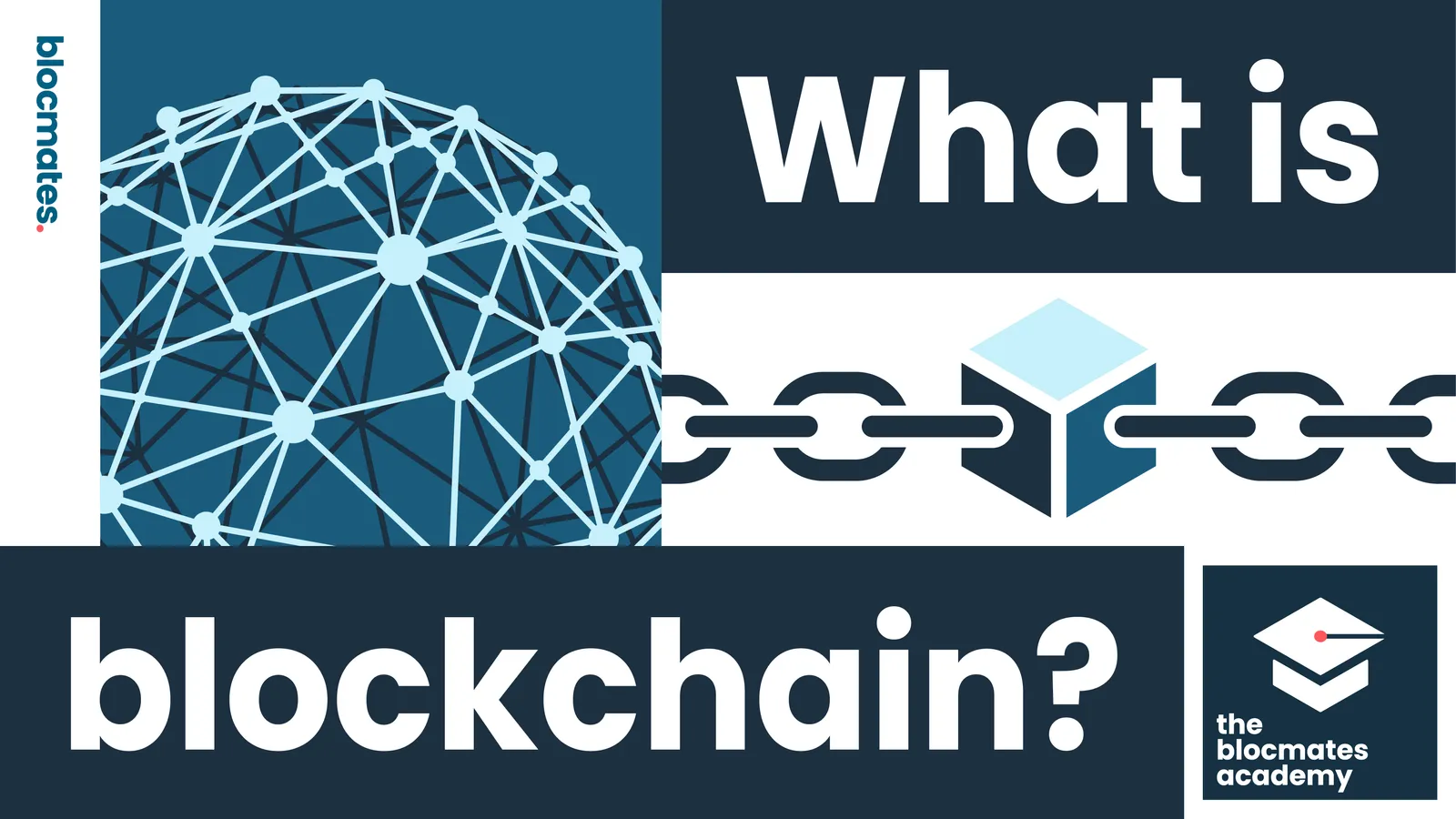



.webp)








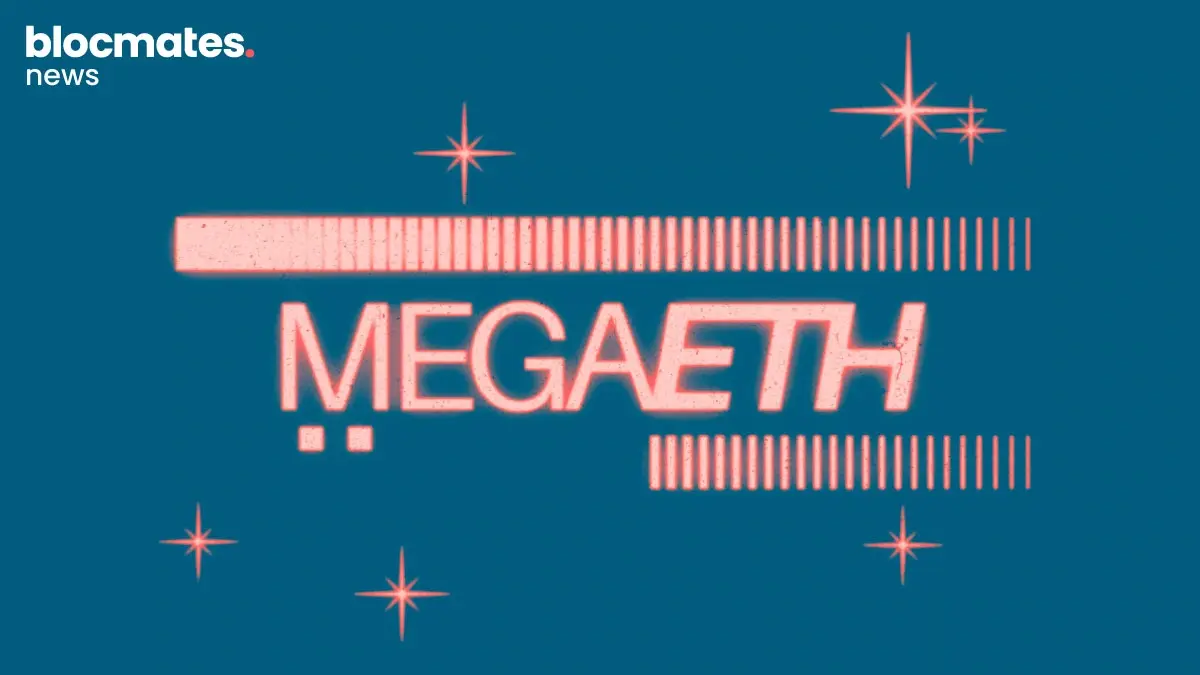
















.webp)
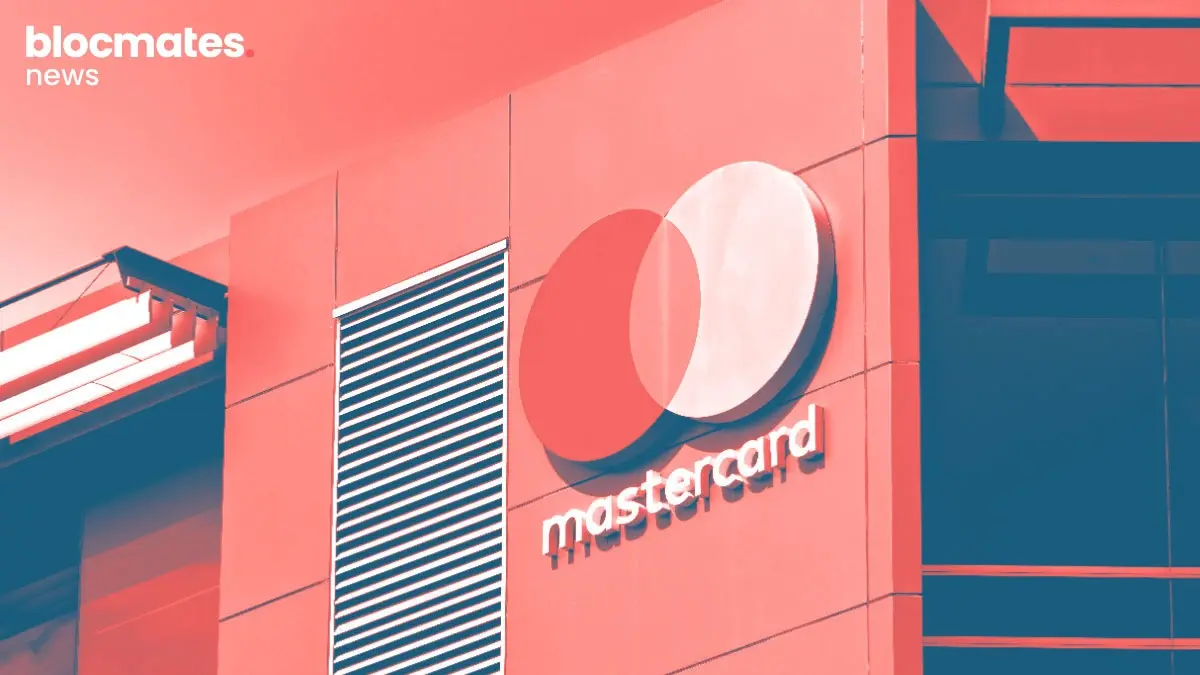




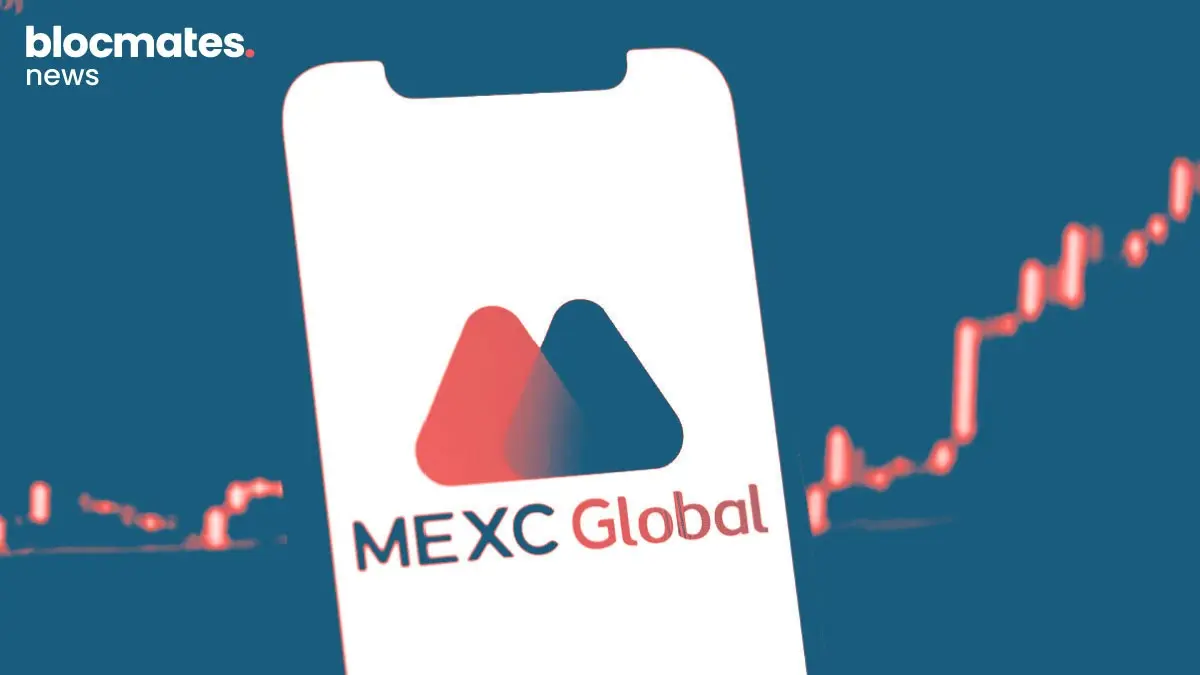

.webp)
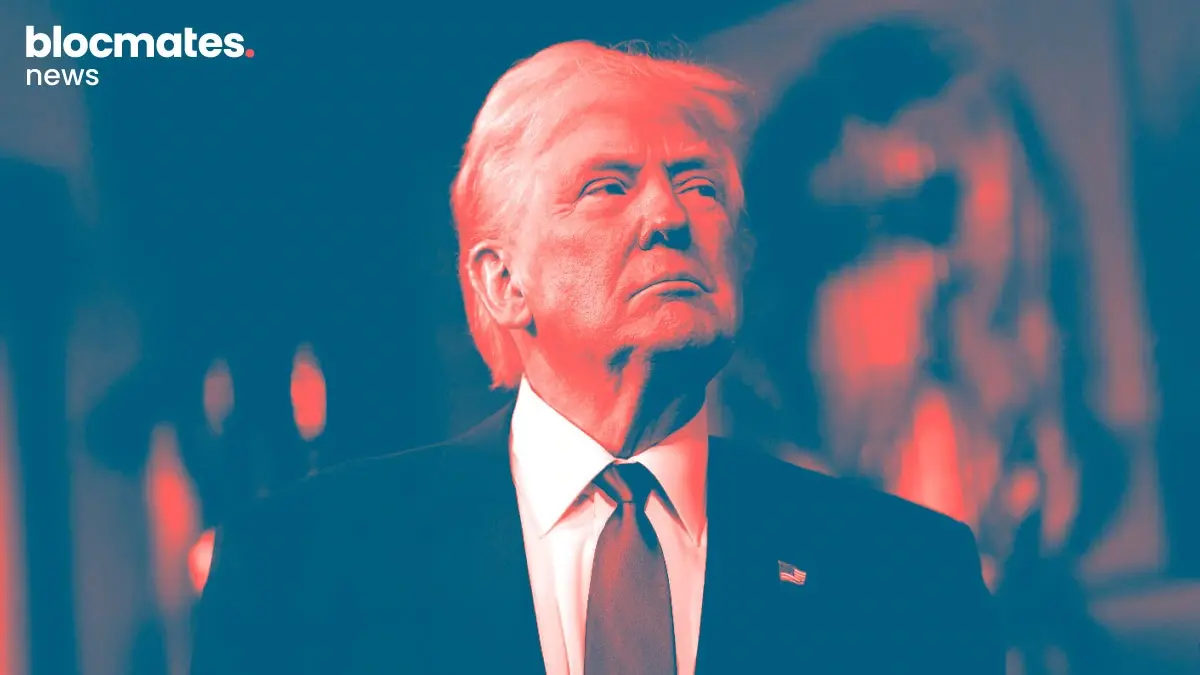




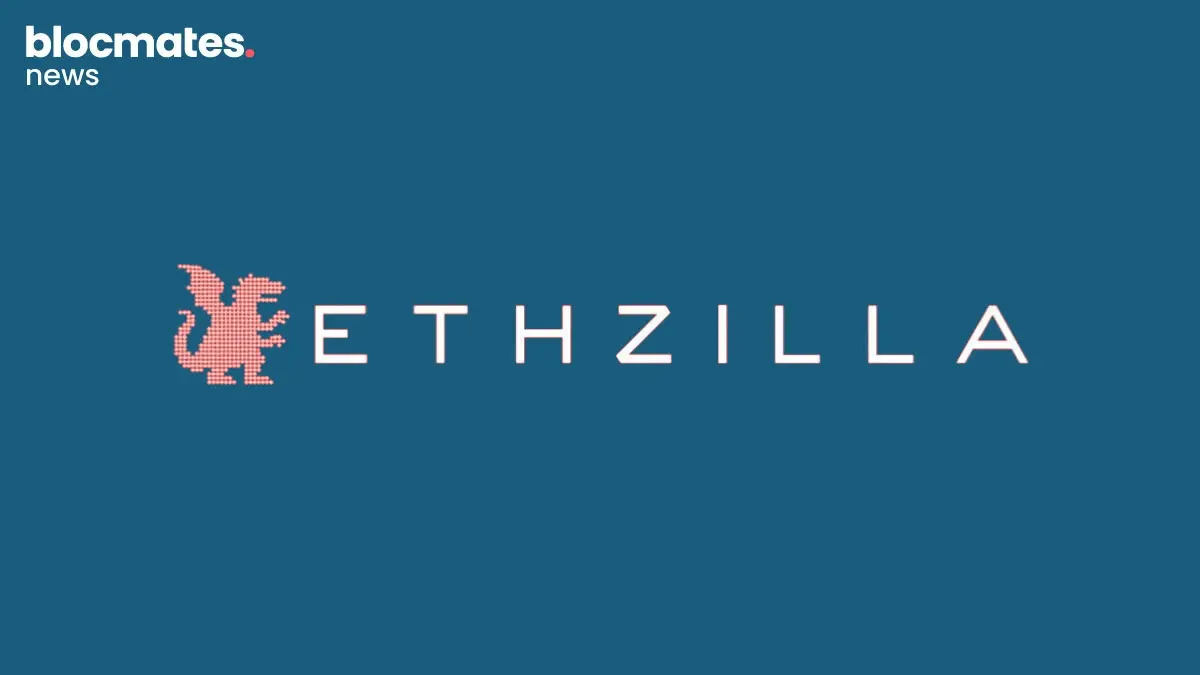
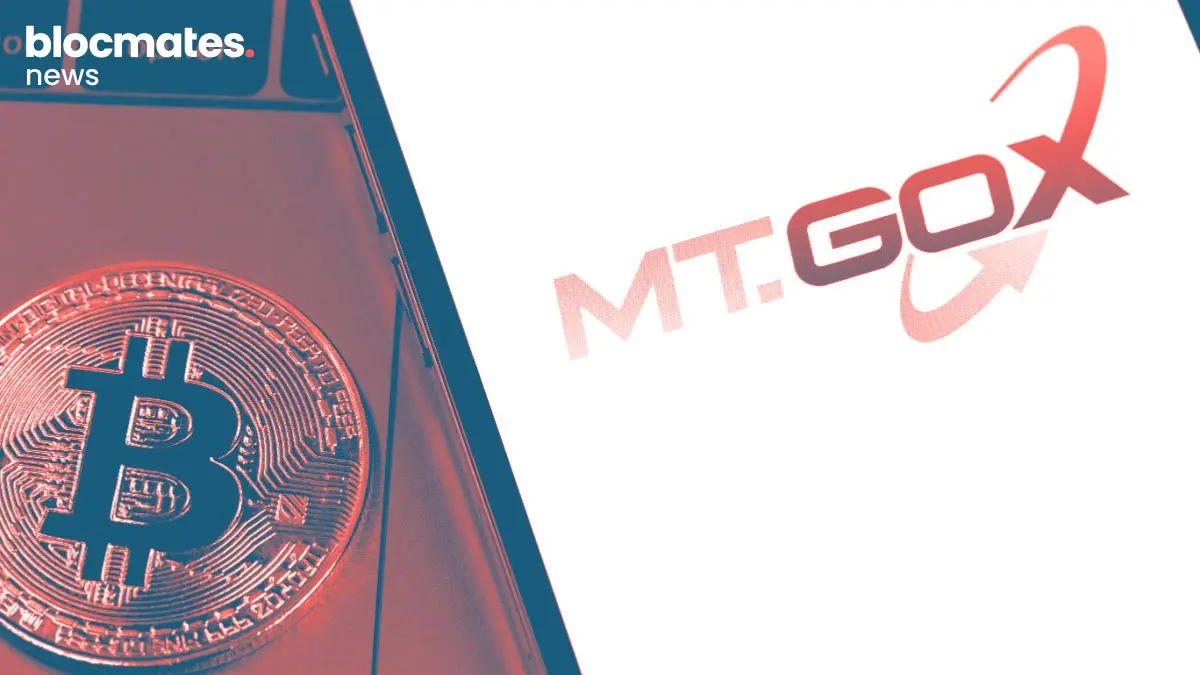
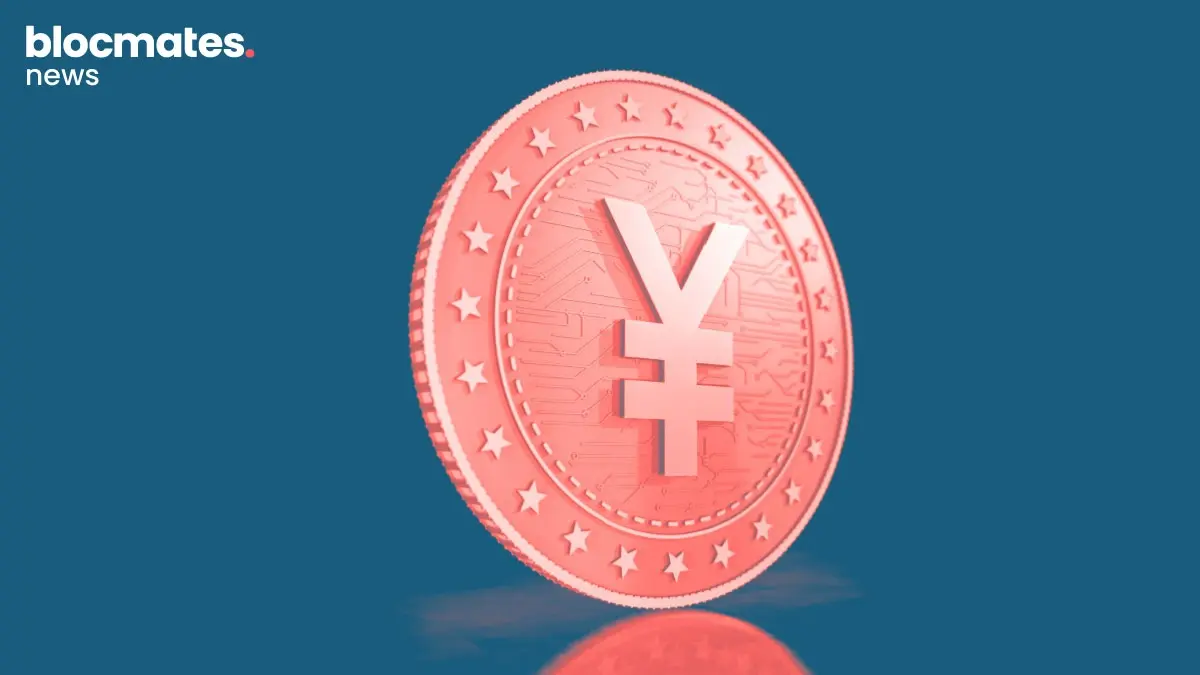



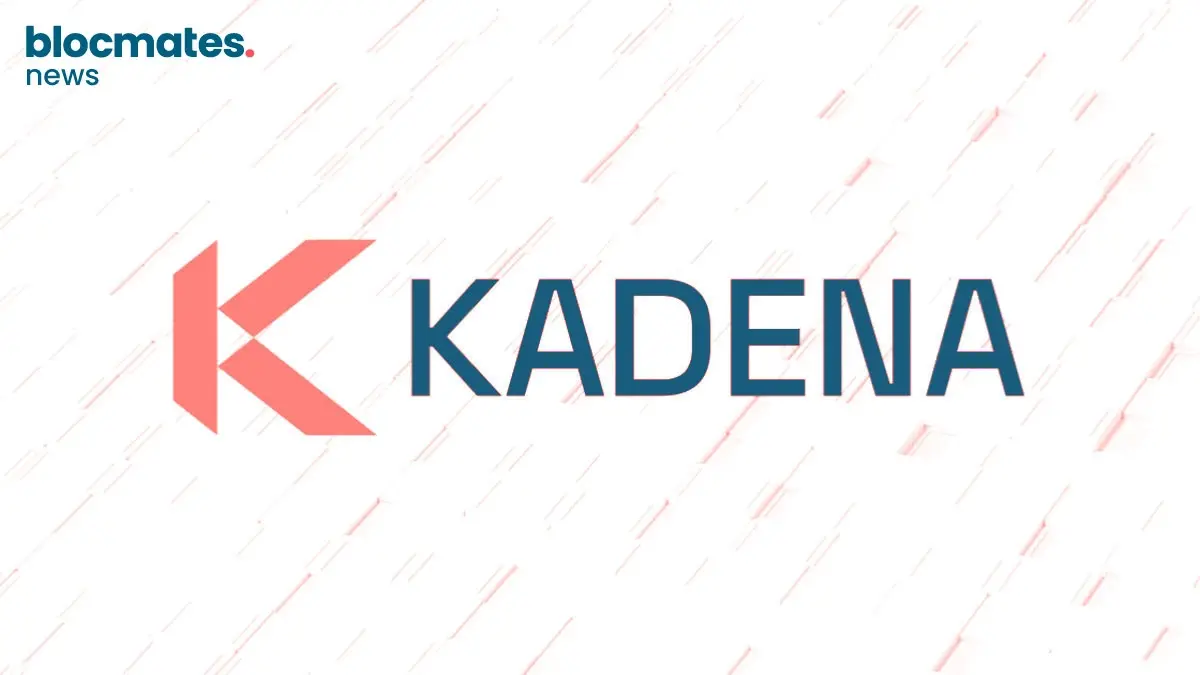

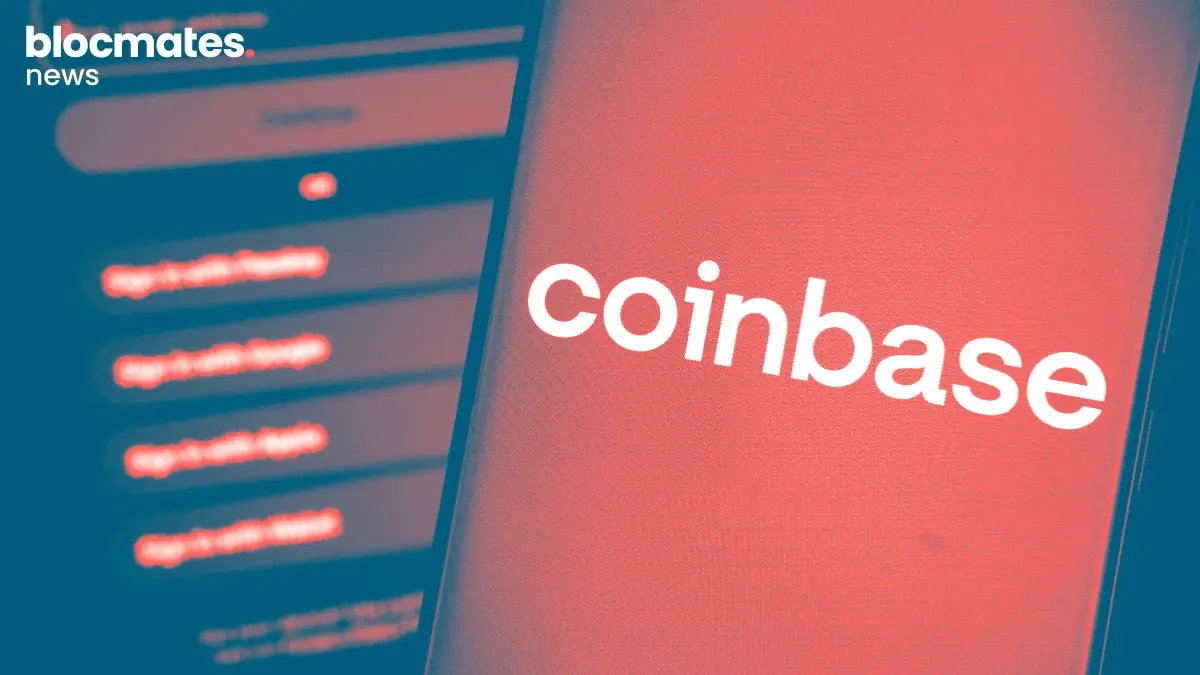
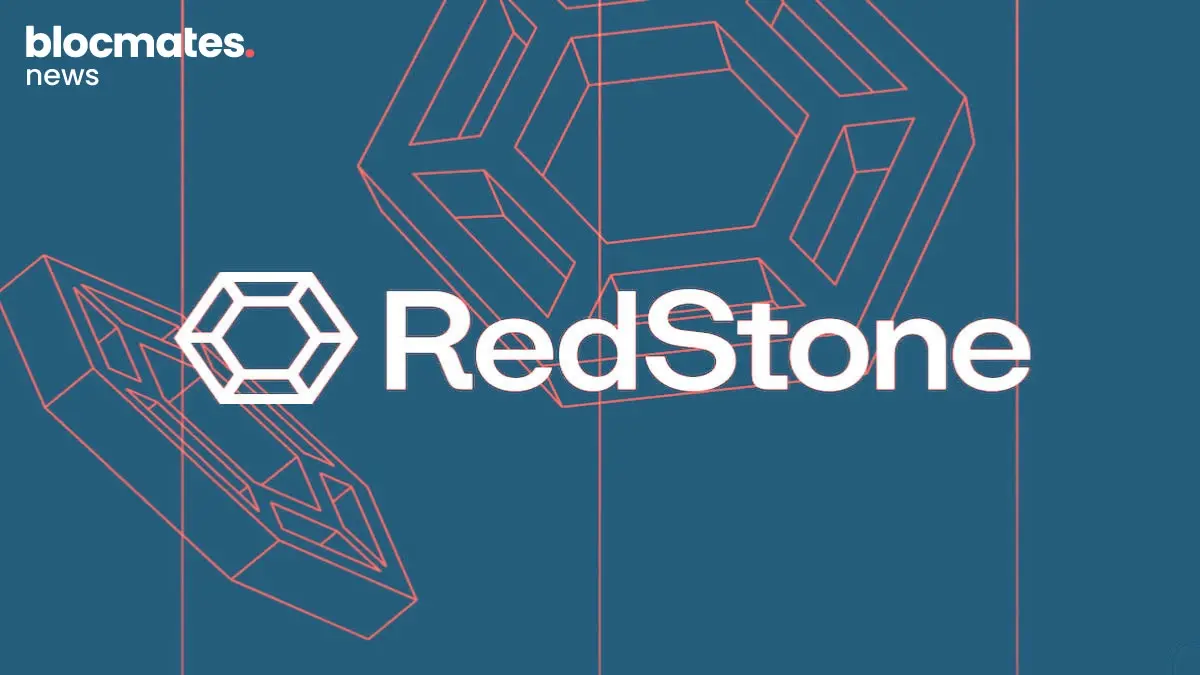
.webp)

.webp)
.webp)

.webp)


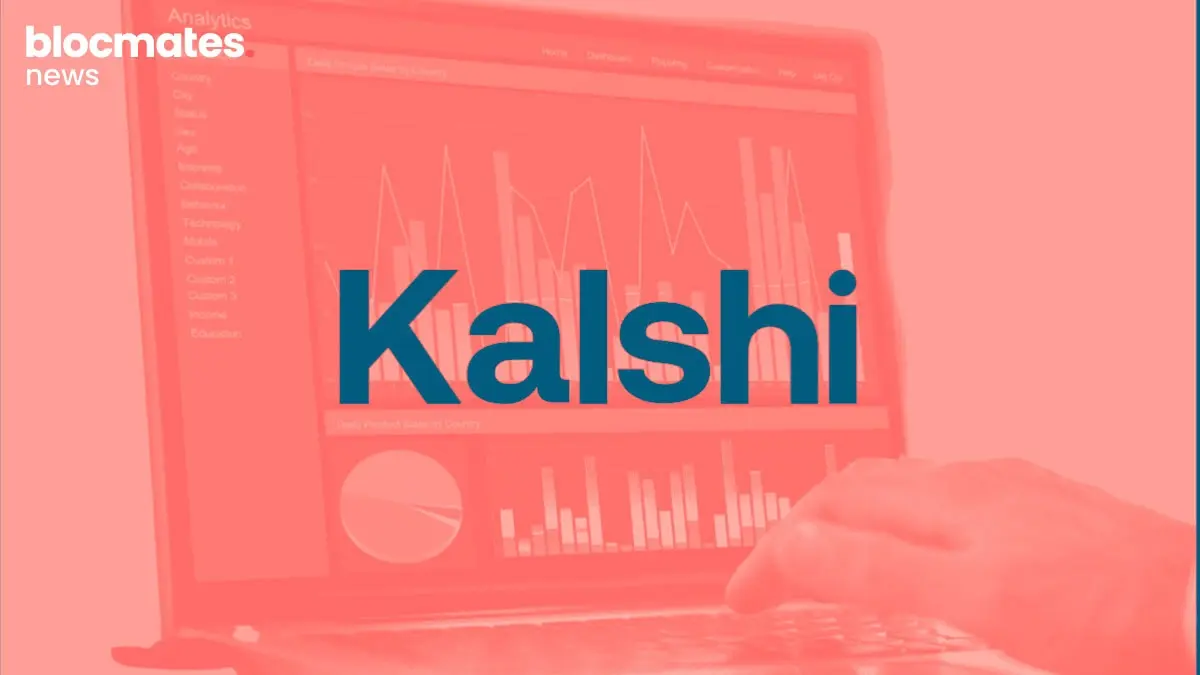



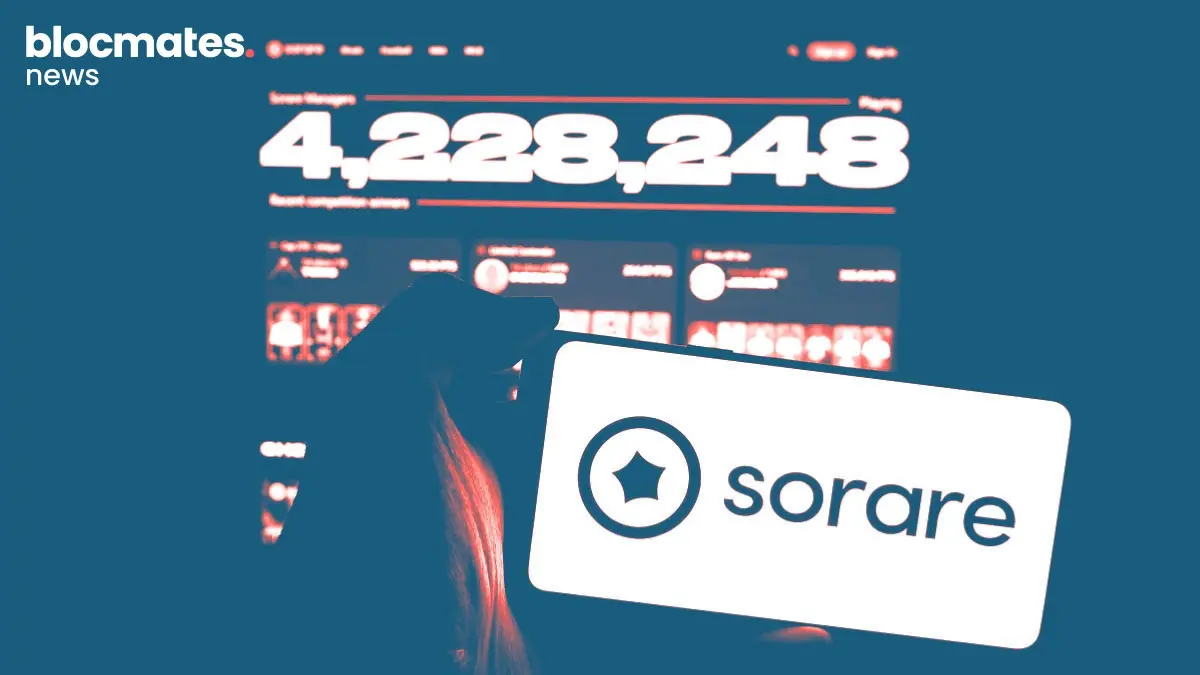




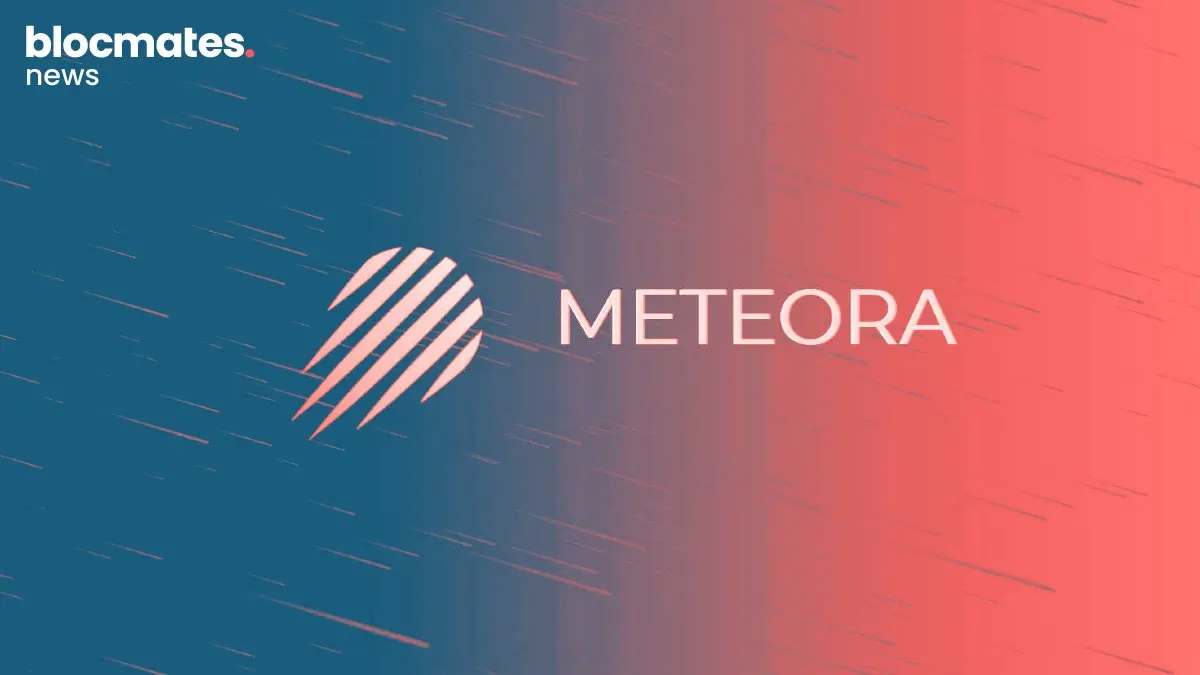
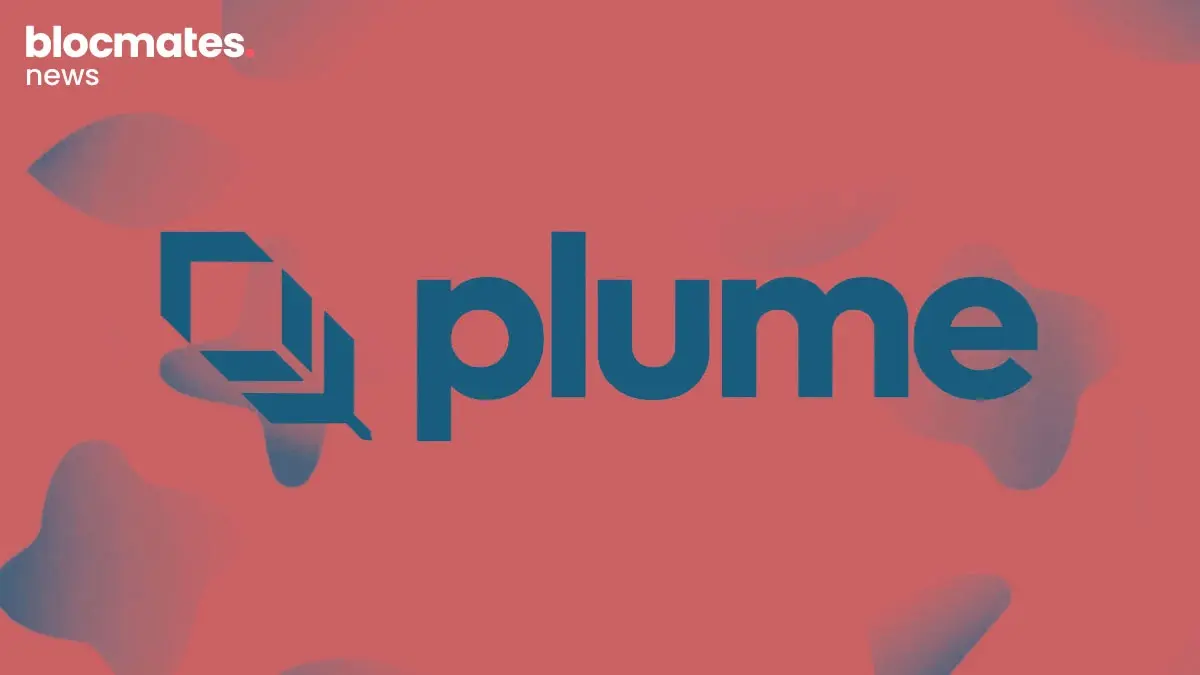

.webp)

.webp)

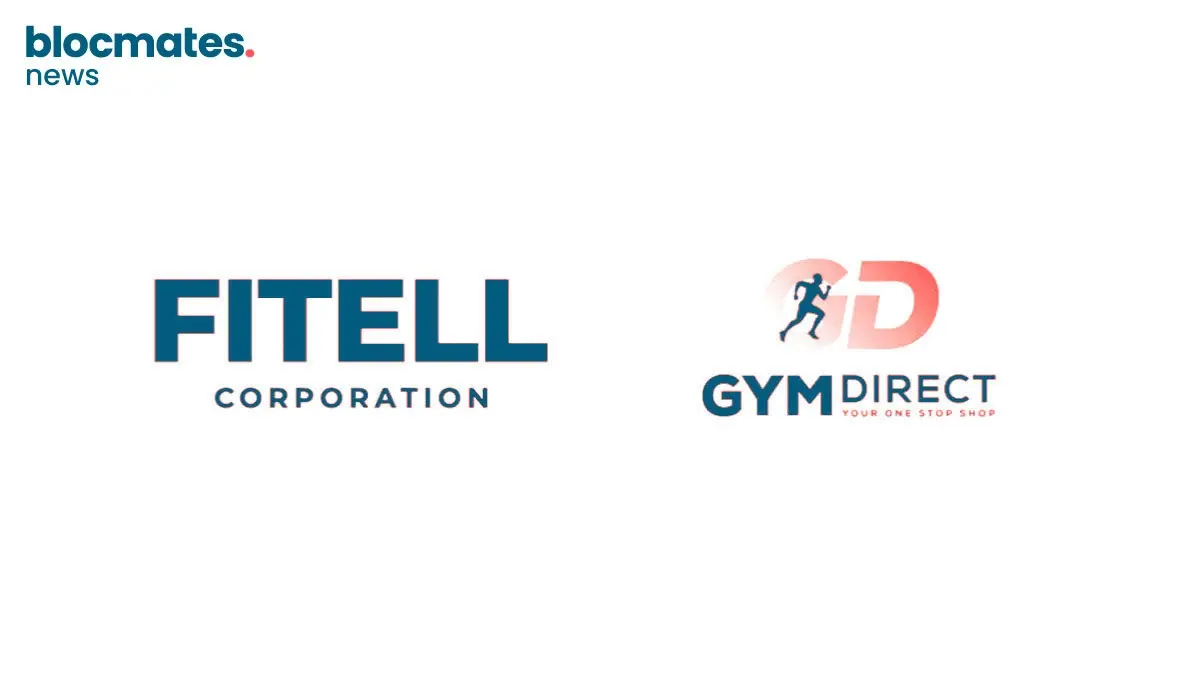
.webp)

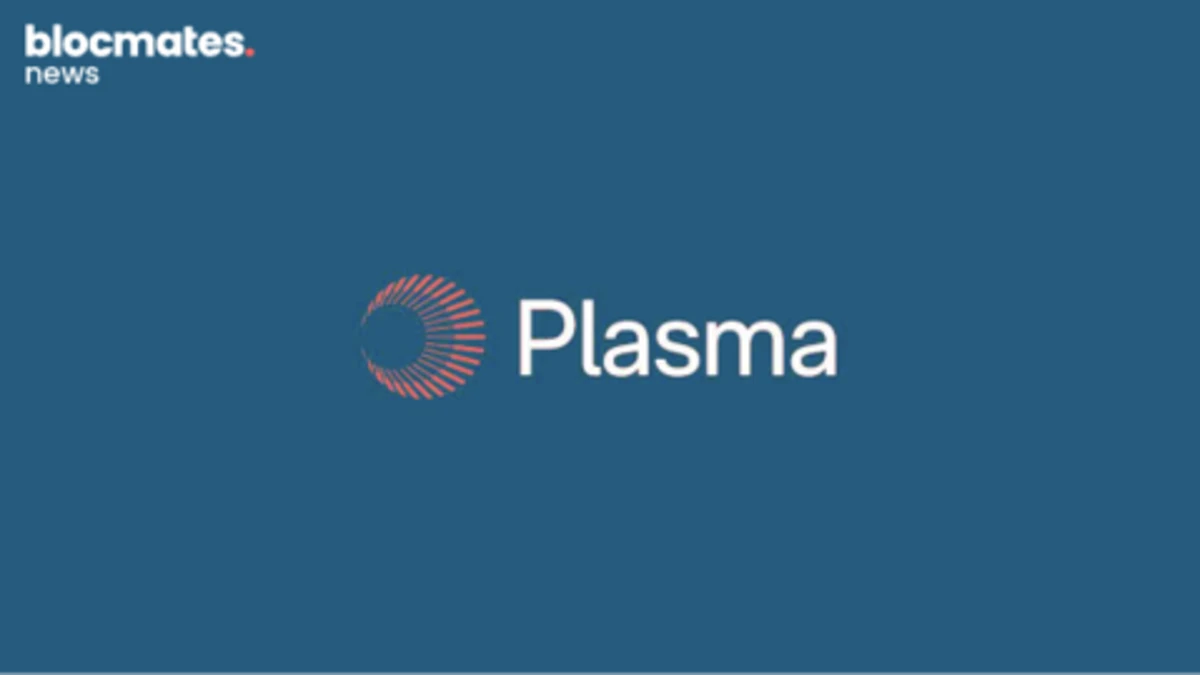

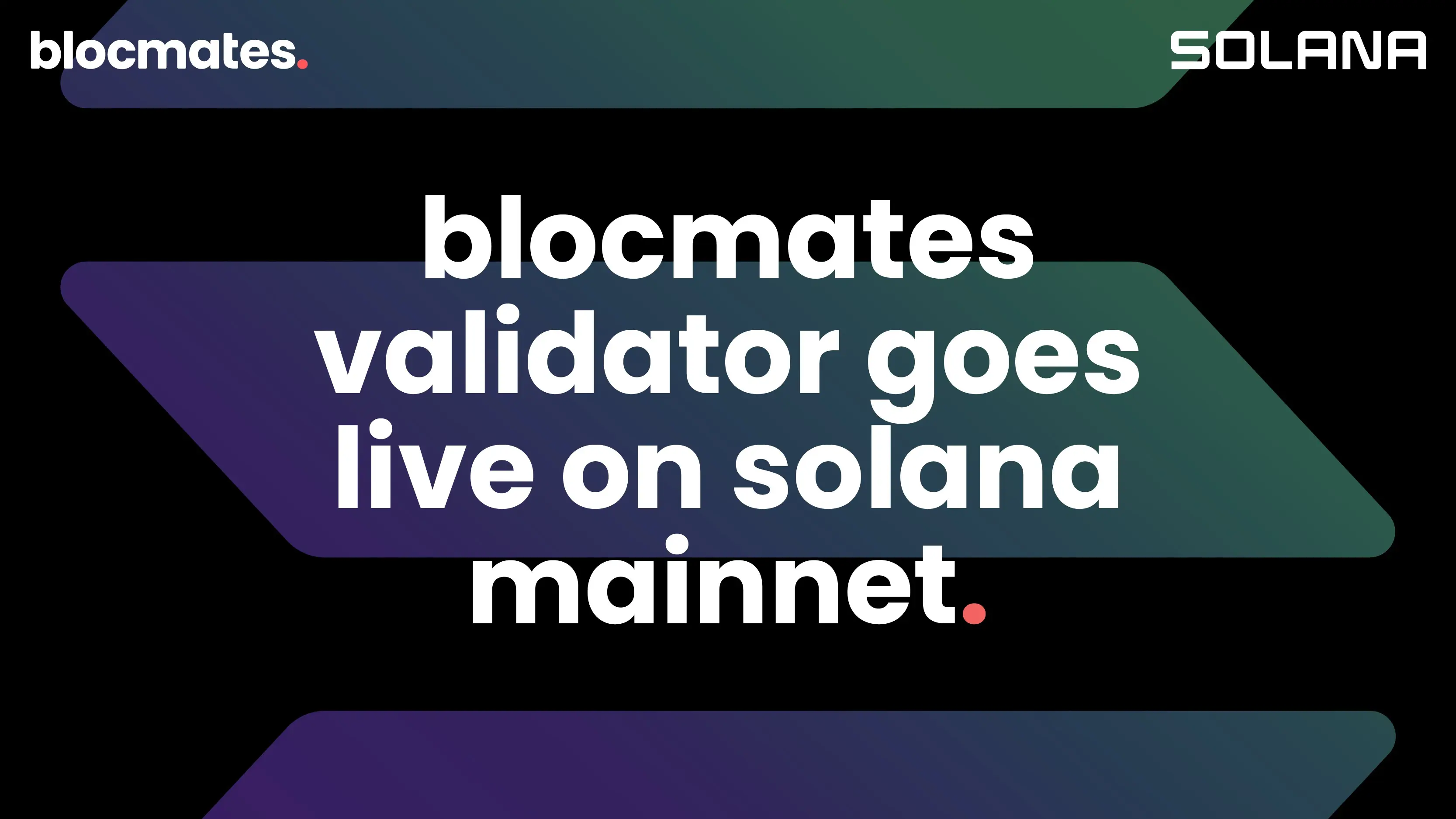

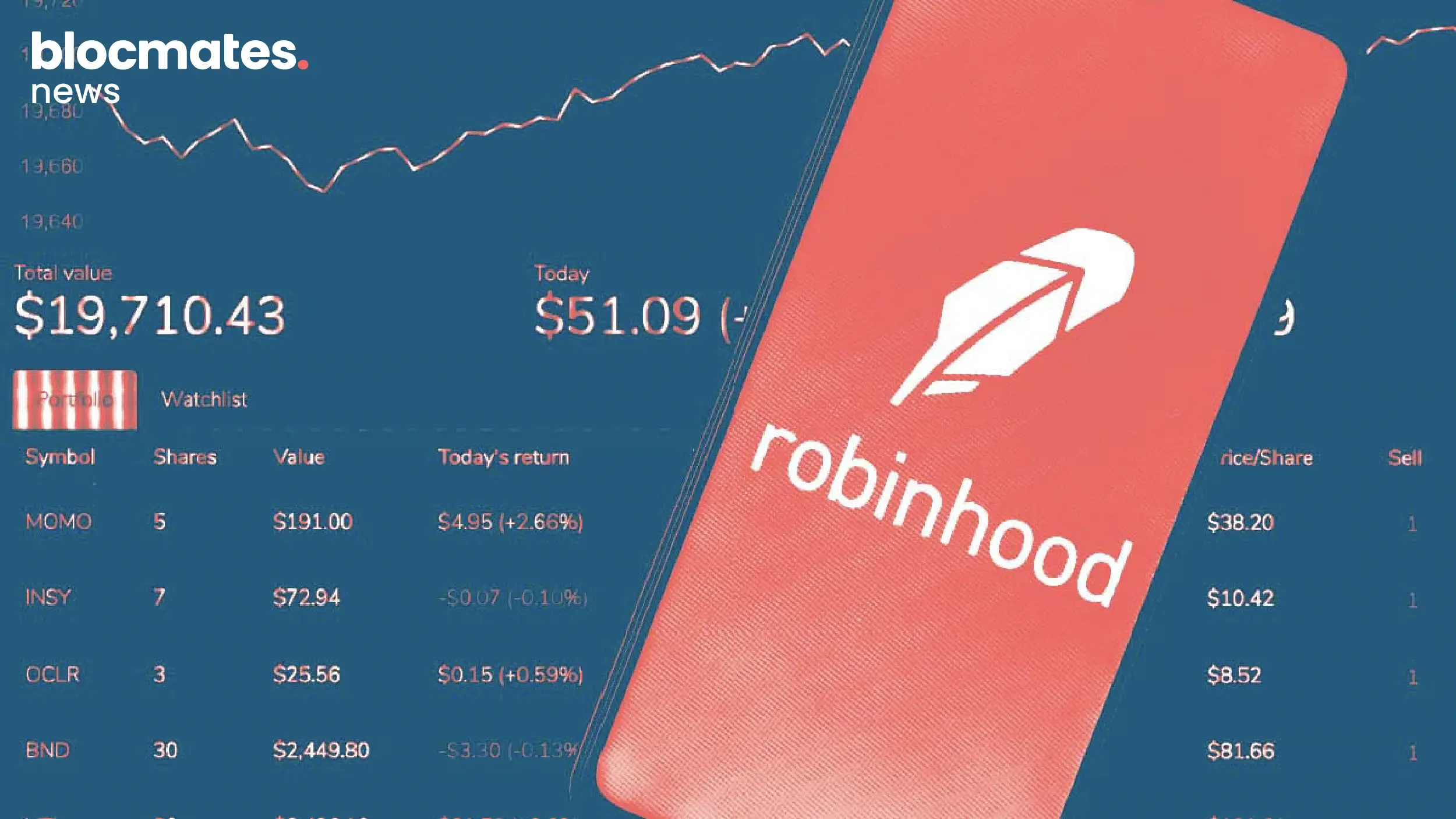


.webp)
